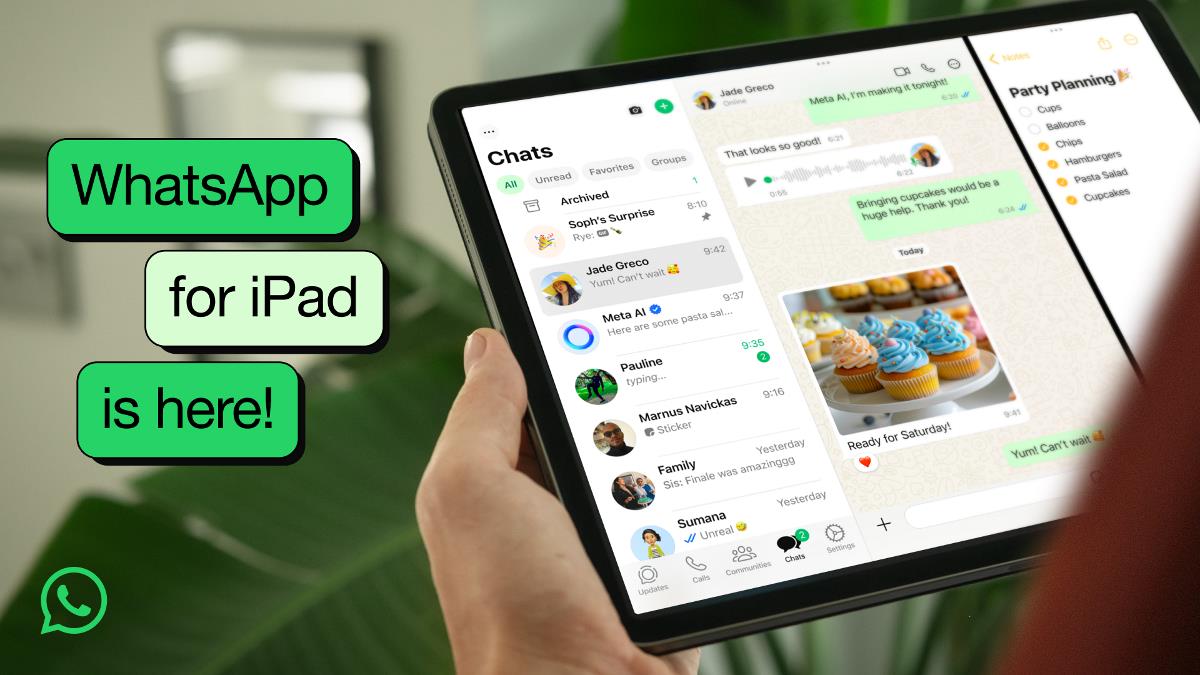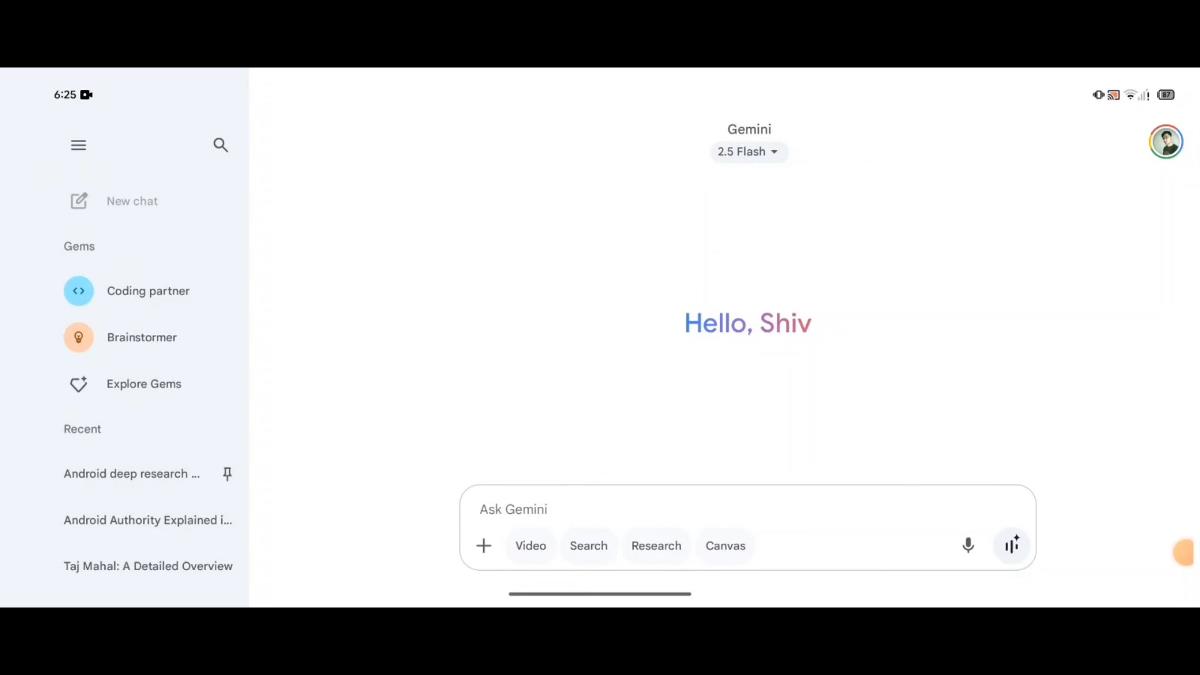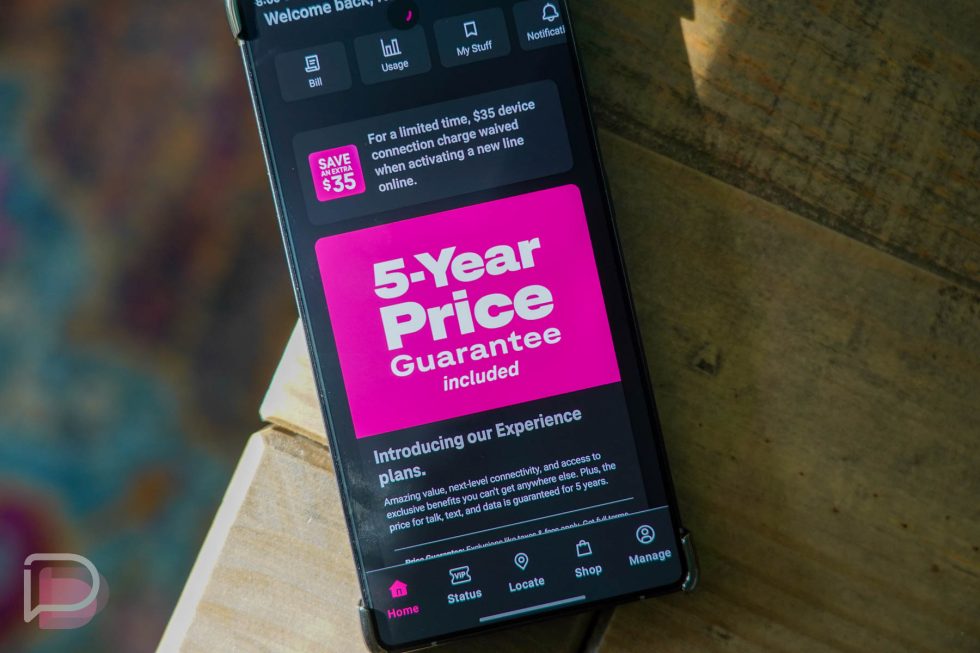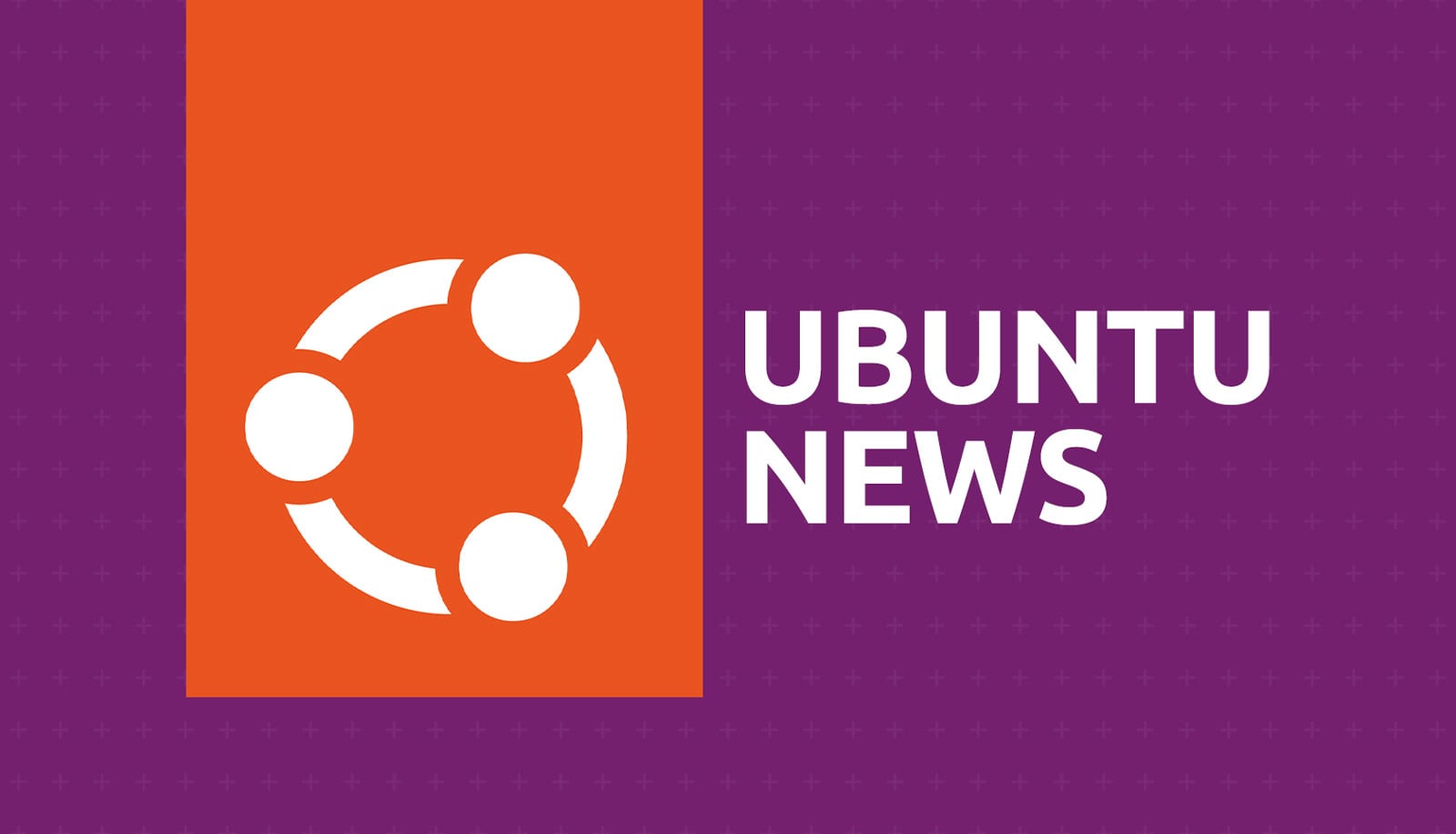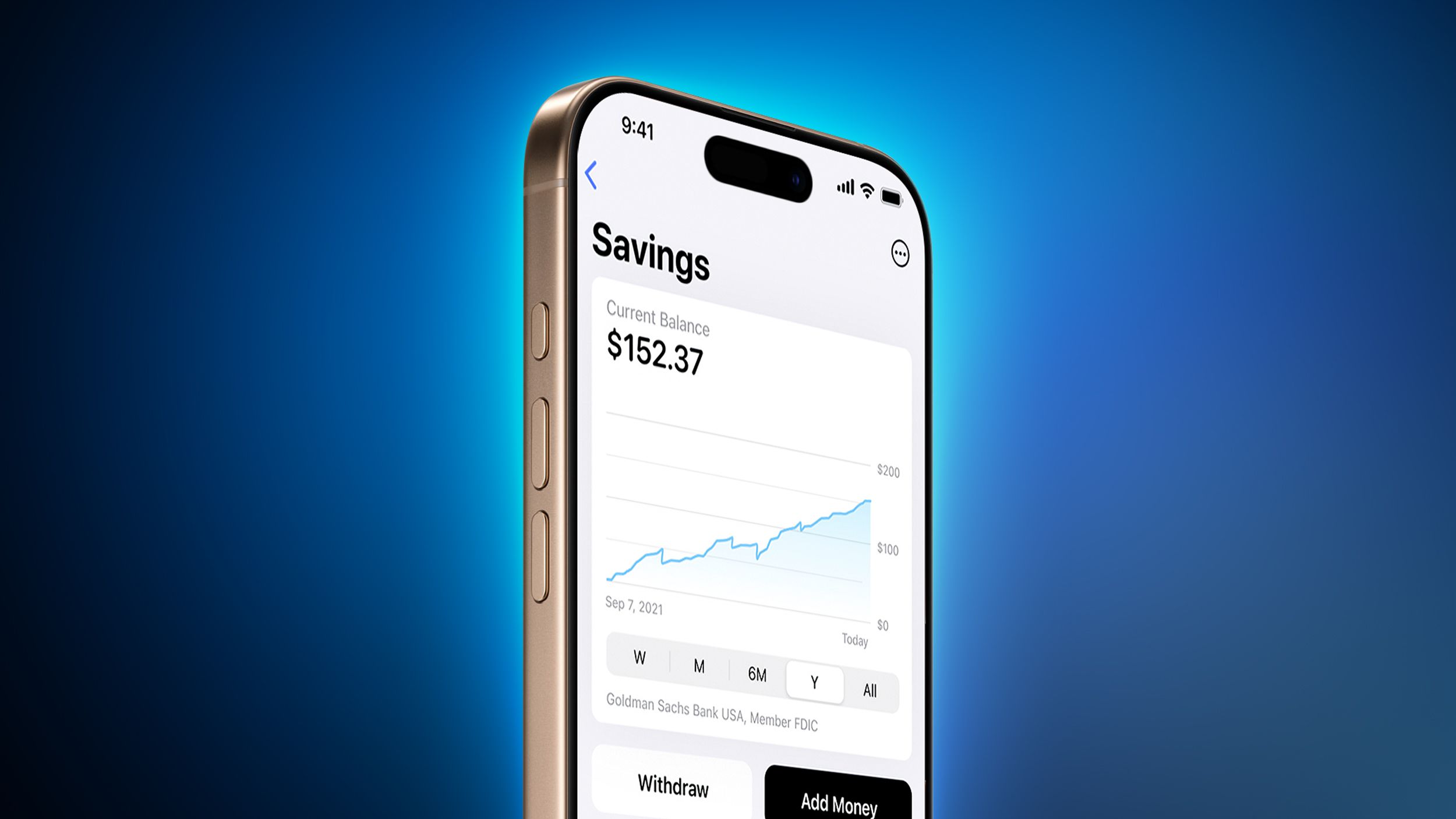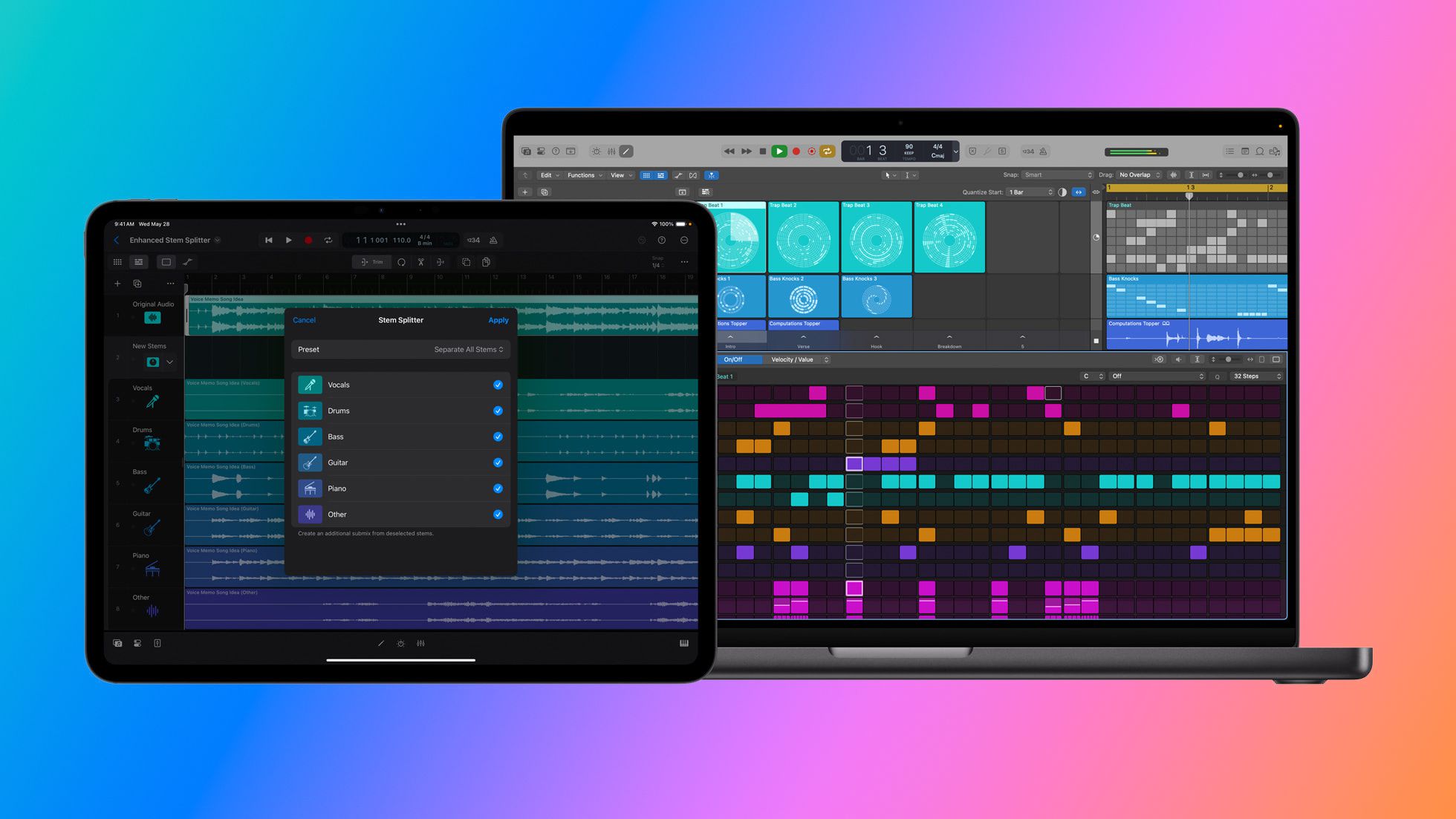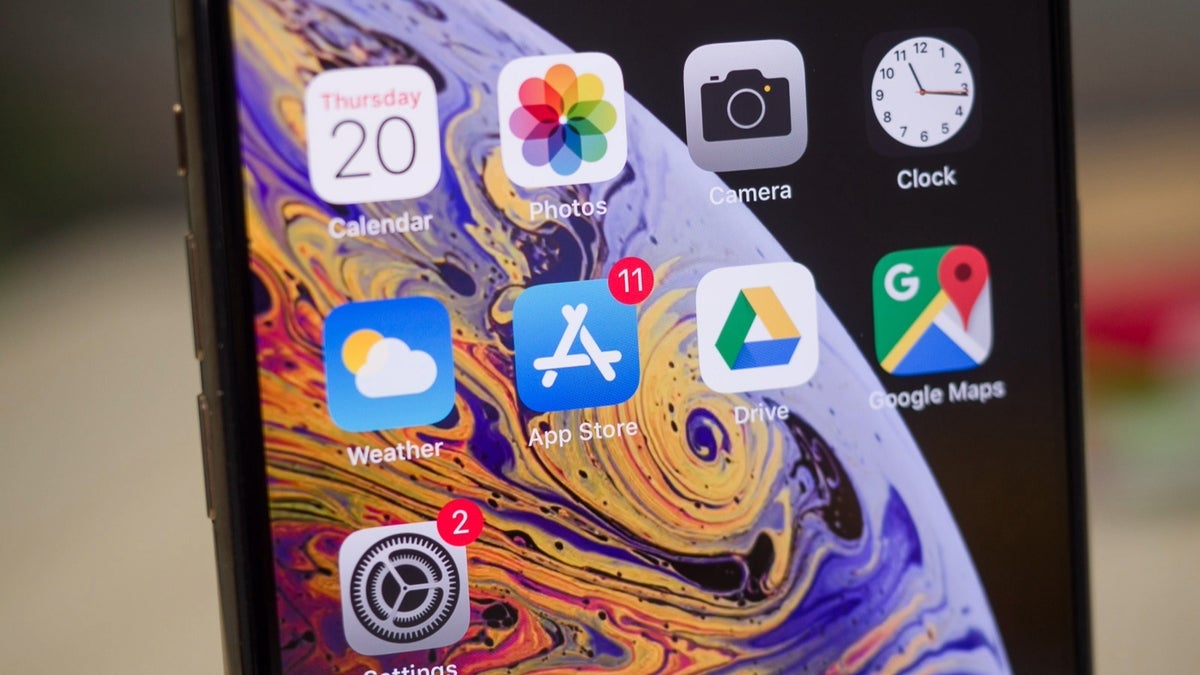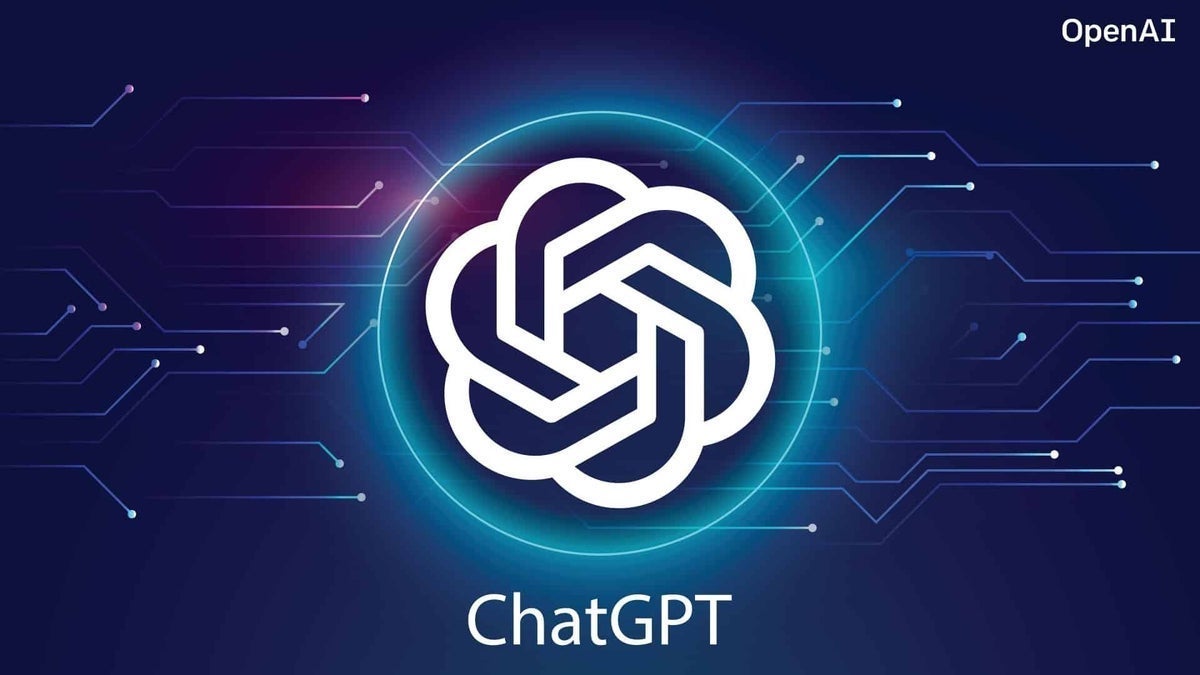The Top 11 iSpeech Alternatives
Managing a call center means juggling sales targets, customer satisfaction, and operational efficiency—often all at once. Tools like speech-to-text and text-to-speech software can make or break the day-to-day grind. Enter... The post The Top 11 iSpeech Alternatives appeared first on Bigly Sales.

Managing a call center means juggling sales targets, customer satisfaction, and operational efficiency—often all at once. Tools like speech-to-text and text-to-speech software can make or break the day-to-day grind.
Enter iSpeech, a platform that’s been around the block, offering voice recognition and translation capabilities. However, as tech evolves and needs shift, many call center managers search for iSpeech alternatives that pack more punch or better fit their workflows.
Today, I’ll help you explore iSpeech, why exploring its alternatives makes sense, and the top options shaking up the market. Let’s begin!
What is iSpeech?
With a translation side thrown in, iSpeech became a go-to for speech-to-text and text-to-speech solutions. Launched years ago, it carved out a niche by offering free mobile and web SDKs, making it a darling for developers and businesses. Picture this: a call center agent dictating notes hands-free or a system converting customer queries into text for faster logging. That’s iSpeech in action.
The platform supports over 28 languages and handles podcast creation, audio conversion, and voiceovers. It’s simple, affordable, and gets the job done—most of the time. But here’s the catch: its features haven’t kept pace with newer players. Limited voice options, basic functionality, and a lack of advanced AI integration leave some managers wanting more. That’s where iSpeech alternatives offer fresh tools to tackle modern call center challenges.
Why Look for iSpeech Alternatives?
Call centers live and breathe efficiency. If a tool slows down agents or is inaccurate, it’s a problem. iSpeech does a solid job for basic needs, but its limitations quickly appear in high-pressure environments.
Voice recognition stumbles over accents or translation lags during multilingual calls. The lack of real-time analytics may lead managers to guess about performance.
Newer alternatives bring sharper AI, broader language support, and integrations that sync with CRM or ticketing systems. They’re built for scale, handling everything from small teams to sprawling operations. Plus, many offer free trials or tiers, letting managers test the waters without breaking the budget.
The Top iSpeech Alternatives
Here’s the lineup of the top iSpeech alternatives, each dissected for what it offers. These picks cater to sales, support, and AI-driven needs, with insights from real-world use cases.
1. Speechify
Speechify turns text into speech with a human-like flair that’s hard to beat. Imagine an agent uploading a training manual and having it read aloud in a natural voice—no robotic monotones here.
It supports multiple file types (PDFs, docs, and even web pages) and boasts over 50 languages. The kicker? It’s fast, syncing across devices so agents can listen on the go.
Call centers benefit from their multitasking edge. Agents can review scripts or notes while handling calls, cutting downtime. Pricing starts free, with premium plans unlocking more voices and features. It’s not heavy on dictation, so pair it with a speech-to-text tool for full coverage.
2. Dragon Professional Anywhere
Dragon Professional Anywhere dominates speech-to-text with nearly 99% accuracy right out of the gate. Built by Nuance (now part of Microsoft), it’s a favorite for agents who need to dictate notes or emails fast. Think of a sales rep wrapping up a call and logging details hands-free—Dragon nails it.
It shines with voice commands, letting users format docs or navigate systems without touching a keyboard. Customization is a big win, as it involves adapting to industry jargon or accents over time. It’s Windows-only and pricey, but it’s worth every penny for large teams needing precision.
3. Google Cloud Text-to-Speech
Google Cloud Text-to-Speech leverages AI to churn out lifelike voices in over 100 flavors across 30+ languages. It’s a powerhouse for call centers building custom apps—say, an IVR that sounds less like a robot and more like a friendly rep. WaveNet technology drives its natural tone, making customer interactions smoother.
Integration with Google Translate adds versatility for multilingual support. Pricing kicks in after a free quota (up to 4 million characters), starting at $4 per million. It’s ideal for tech-savvy teams but requires some setup know-how.
4. Amazon Polly
Amazon Polly spins text into speech with a realism that rivals human narration. It’s perfect for scripting automated responses or training modules. Picture a support team deploying a voice bot that doesn’t spook customers with a clunky tone—Polly delivers.
With SSML (Speech Synthesis Markup Language), managers can tweak pitch and speed. It supports dozens of languages and integrates with AWS tools, making it a boon for enterprise setups.
Pricing is pay-as-you-go, starting at $4 per million characters. Setup takes effort, but the payoff is polished audio.
5. Microsoft Azure Speech Service
Microsoft Azure Speech Service blends speech-to-text, text-to-speech, and translation into one slick package. It’s like having a Swiss Army knife for call center ops. Agents can transcribe calls in real time while automated systems read responses in over 100 languages.
The AI adapts to accents and noise, which is essential for busy floors. Integration with Microsoft 365 or custom apps keeps workflows tight. Pricing scales with use, with a free tier for testing. It’s robust but requires some tech chops to maximize.
6. Otter.ai
Otter.ai excels at turning spoken words into text, especially for group calls or training sessions. Imagine a team huddle where every word gets logged automatically, with speaker tags. It’s a time-saver for managers tracking performance or compliance.
Real-time transcription and searchable notes make it a standout. It’s not big on text-to-speech, but for dictation and analysis, it’s gold. Pricing starts free, with paid plans and collaboration tools added. It’s a lightweight pick for smaller teams.
7. NaturalReader
NaturalReader keeps things straightforward, converting text to speech with decent quality. It’s great for agents who need quick audio versions of scripts or FAQs. Upload a file, pick a voice, and hit play—done.
It supports 20+ languages and offers a free tier, with premium unlocking more natural voices. It lacks advanced AI or dictation, but it’s a budget-friendly gem for no-frills use. Think of it as the reliable backup player on the roster.
8. Notevibes
Notevibes brings 177 voices across 18 languages, letting managers fine-tune pronunciation and tone. It’s a fit for creating branded voiceovers or training content that feels personal. Picture a sales pitch narrated in a voice that matches the company vibe—Notevibes makes it happen.
The free tier gives 500 characters, while paid plans unlock more. It’s not built for dictation, so it’s best as a text-to-speech specialist. For creative call center needs, it’s a sleeper hit.
9. Speechmatics
Speechmatics tackles speech-to-text with top-tier accuracy, even with tricky accents or dialects. It’s built for real-time transcription, perfect for logging customer calls on the fly. The AI also handles translation and sentiment analysis, giving managers deeper insights.
It’s enterprise-grade, with pricing tailored to volume. The setup is technical, but it’s a heavyweight contender for call centers that need precision across languages. Think of him as the sharpshooter in the lineup.
10. Balabolka
Balabolka is a free Windows tool that turns text into speech with basic but functional results. Agents can paste text or load files (ebooks, docs) and listen instantly. It’s not fancy—voices sound robotic unless extra ones are added—but it gets the job done.
Customization is limited to speed and volume unless digging into settings. For small teams on tight budgets, it’s a practical pick. It’s the scrappy underdog that still delivers.
11. Wavel AI
Wavel AI blends text-to-speech with voice cloning and translation, offering natural tones across languages. It’s ideal for crafting multilingual IVRs or training audio that scales. Imagine a support line where every region hears a local-sounding voice—Wavel pulls it off.
Pricing varies by use, with a focus on quality over quantity. It’s not as dictation-focused as Dragon, but it’s a rising star for audio output. Call centers with global reach will love its flexibility.
How These Alternatives Stack Up Against iSpeech
iSpeech keeps it simple: free SDKs, decent language support, and basic speech functions. But it’s like using a flip phone in a smartphone world—functional, yet dated.
Alternatives like Dragon and Speechmatics crush it on accuracy, while Google Cloud and Amazon Polly flex advanced AI. Speechify and Notevibes outshine it on voice quality, and Otter.ai adds collaboration iSpeech can’t touch.
The trade-off? Some options cost more or need tech setup. iSpeech wins in ease and price for small-scale use, but these alternatives bring bigger guns for growing call centers.
Picking the Right Tool for a Call Center
Choosing an iSpeech alternative hinges on the operation’s pulse. Sales teams might lean toward Dragon for dictation speed, while support crews could pick Azure for its all-in-one power.
Budget matters—Balabolka or NaturalReader keep costs low, but premium tools like Speechmatics justify the spend with results.
Consider language needs, too. Global centers need Wavel AI or Google Cloud’s reach, while local ops might stick with simpler picks. Test integrations—does it play nice with the CRM? Run trials where possible; real-world use beats spec sheets every time.
Wrapping It Up
iSpeech laid the groundwork, but today’s call centers need more firepower. The top iSpeech alternatives offer sharper accuracy, richer voices, and smarter integrations. Whether chasing sales, streamlining support, or scaling globally, there’s a tool to fit the bill.
Dig into trials, match features to goals, and watch efficiency soar. The right pick doesn’t just replace iSpeech—it redefines what’s possible.
FAQs About iSpeech Alternatives
What is iSpeech best used for?
iSpeech shines for basic speech-to-text and text-to-speech tasks, like dictating notes or creating simple audio. It’s developer-friendly with free SDKs and suits small-scale ops needing quick, cheap solutions.
Are iSpeech alternatives more expensive?
Some, like Dragon or Speechmatics, have enterprise pricing. Others, like Balabolka or Speechify’s free tier, cost nothing upfront. It depends on the features—basic tools stay cheap, while advanced ones demand investment.
Which iSpeech alternative is best for multilingual support?
Google Cloud Text-to-Speech and Microsoft Azure lead with 100+ languages. Wavel AI and Speechmatics also excel, especially for real-time translation and diverse accents.
Can these tools integrate with call center software?
Most can—Azure and Google Cloud sync with custom apps, while Dragon and Otter.ai tie into CRMs like Salesforce. Check compatibility; some need tweaks to fit seamlessly.
How accurate are these alternatives compared to iSpeech?
Dragon hits 99% accuracy, Speechmatics handles accents like a champ, and even Otter.ai outpaces iSpeech’s essential recognition. iSpeech lags behind modern AI-driven options.
The post The Top 11 iSpeech Alternatives appeared first on Bigly Sales.




















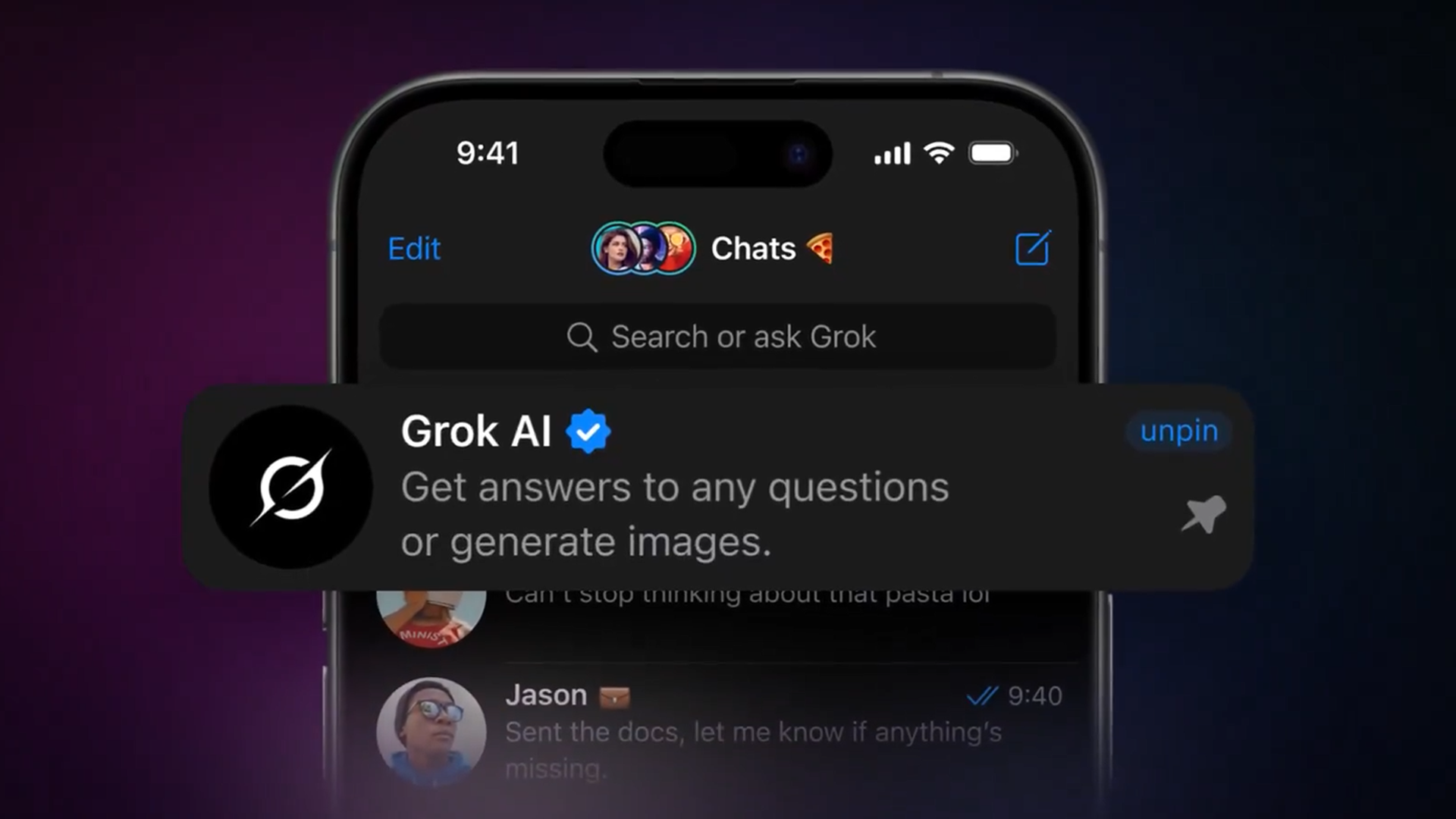



































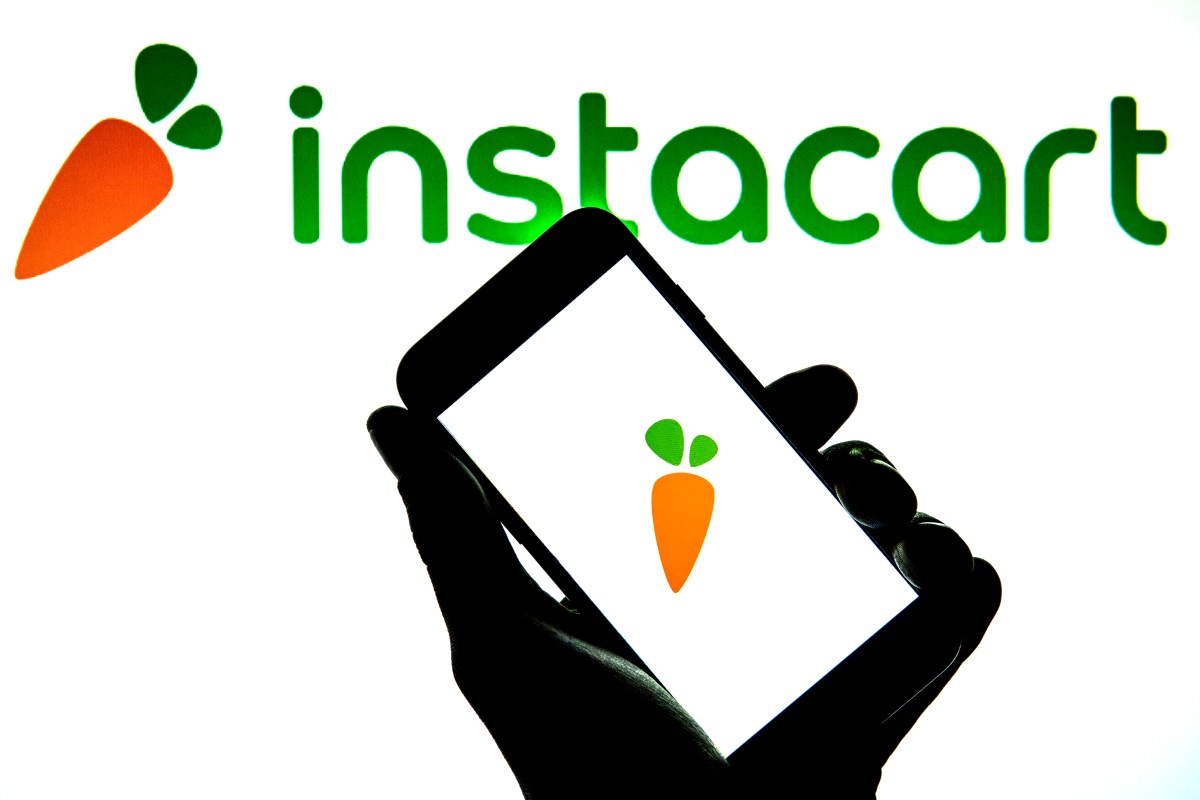



.png)








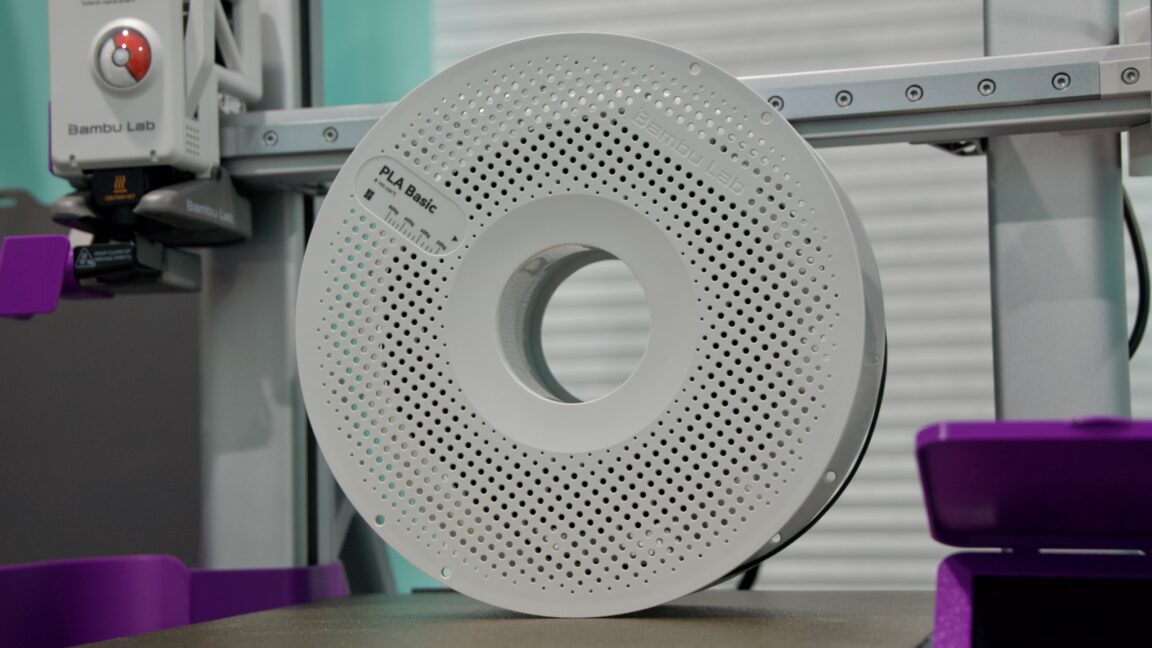












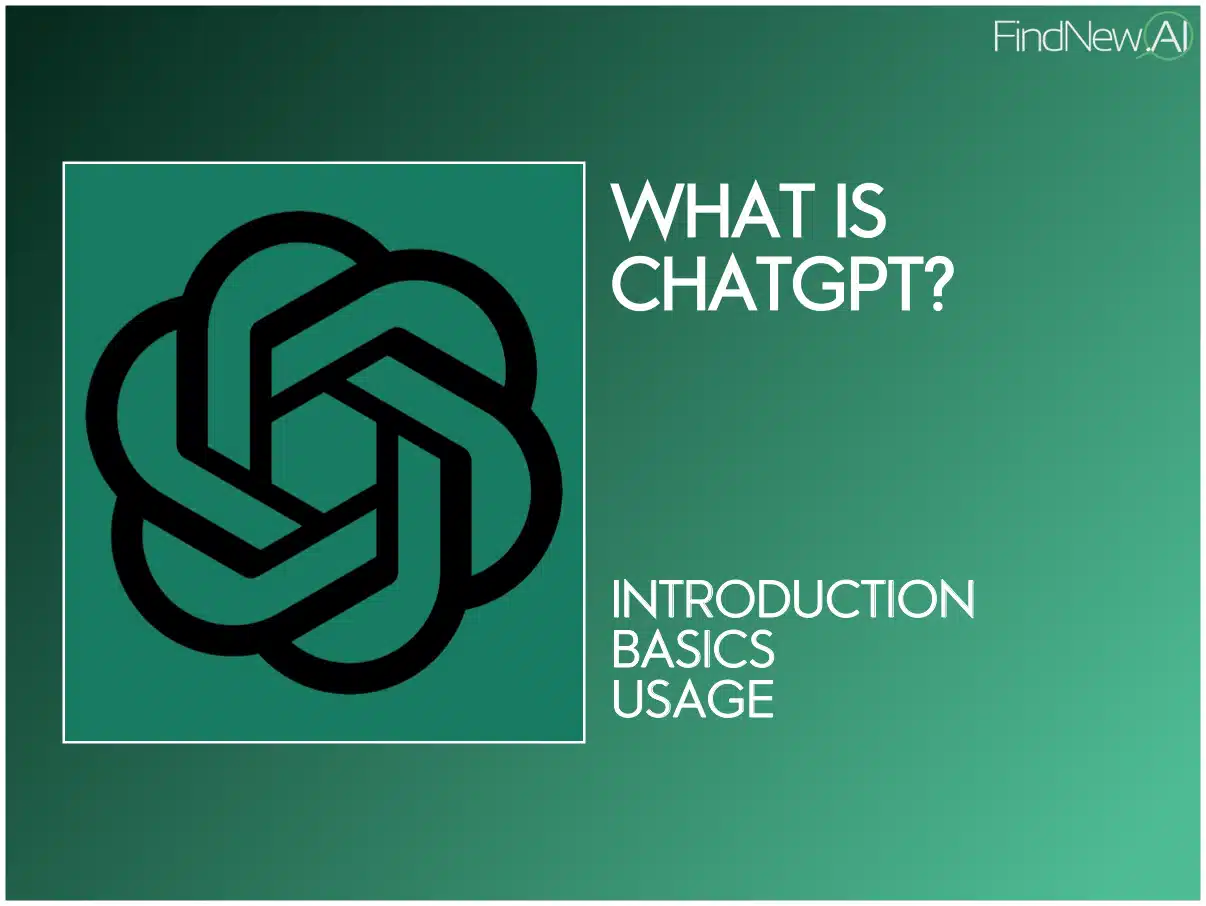



















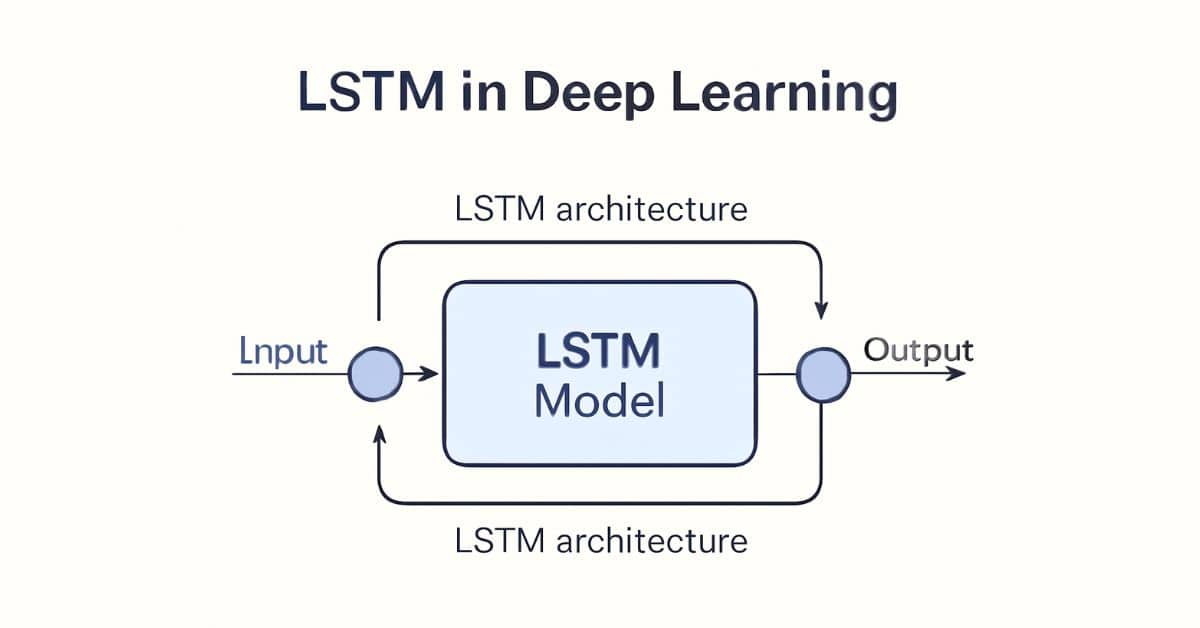



















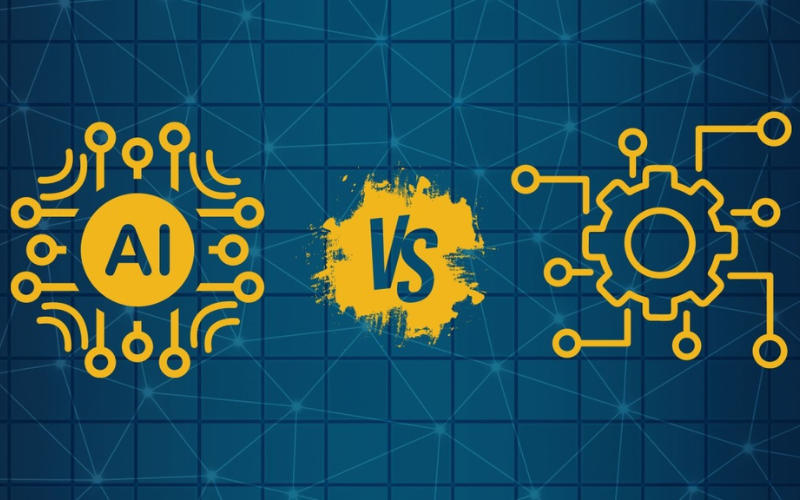





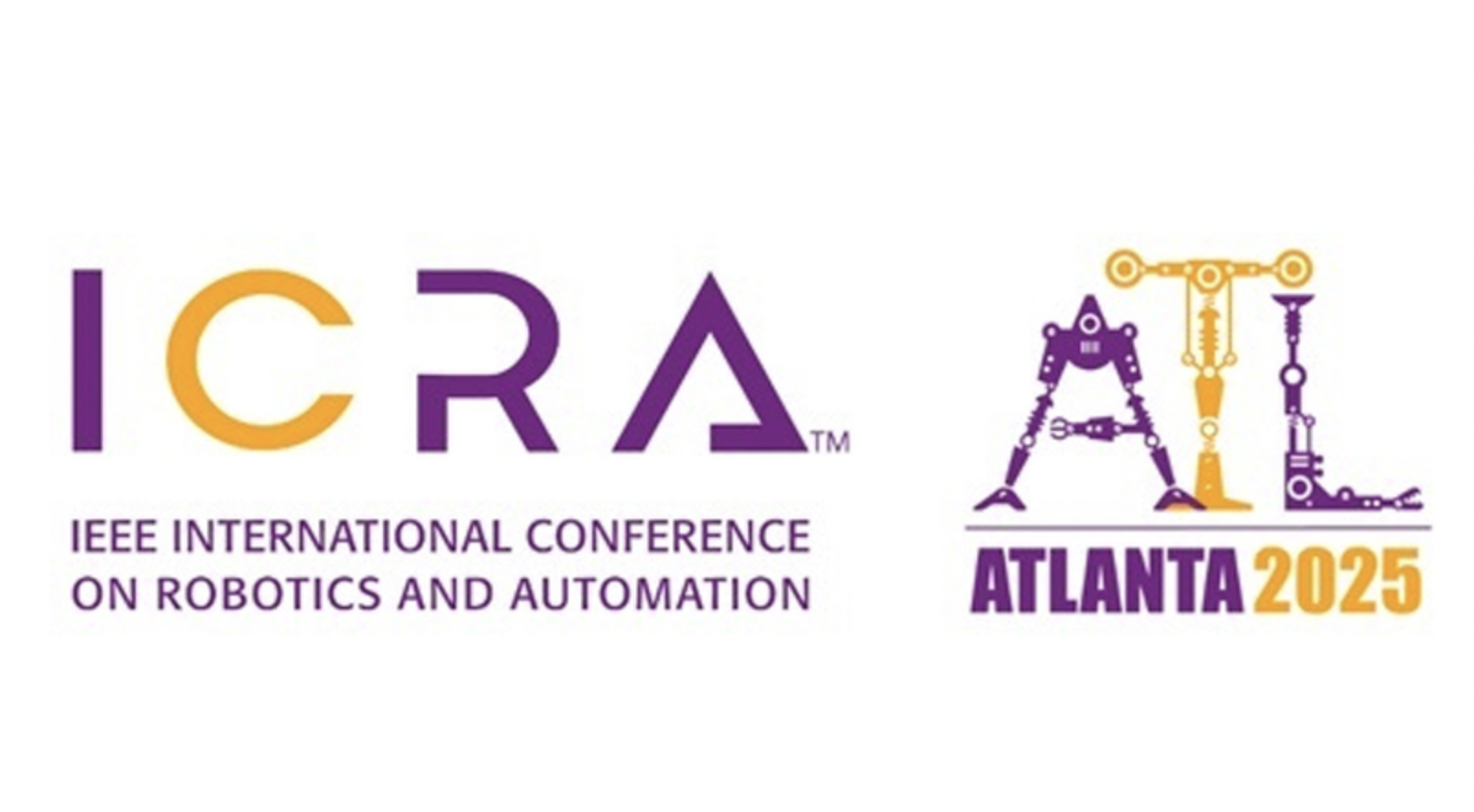



















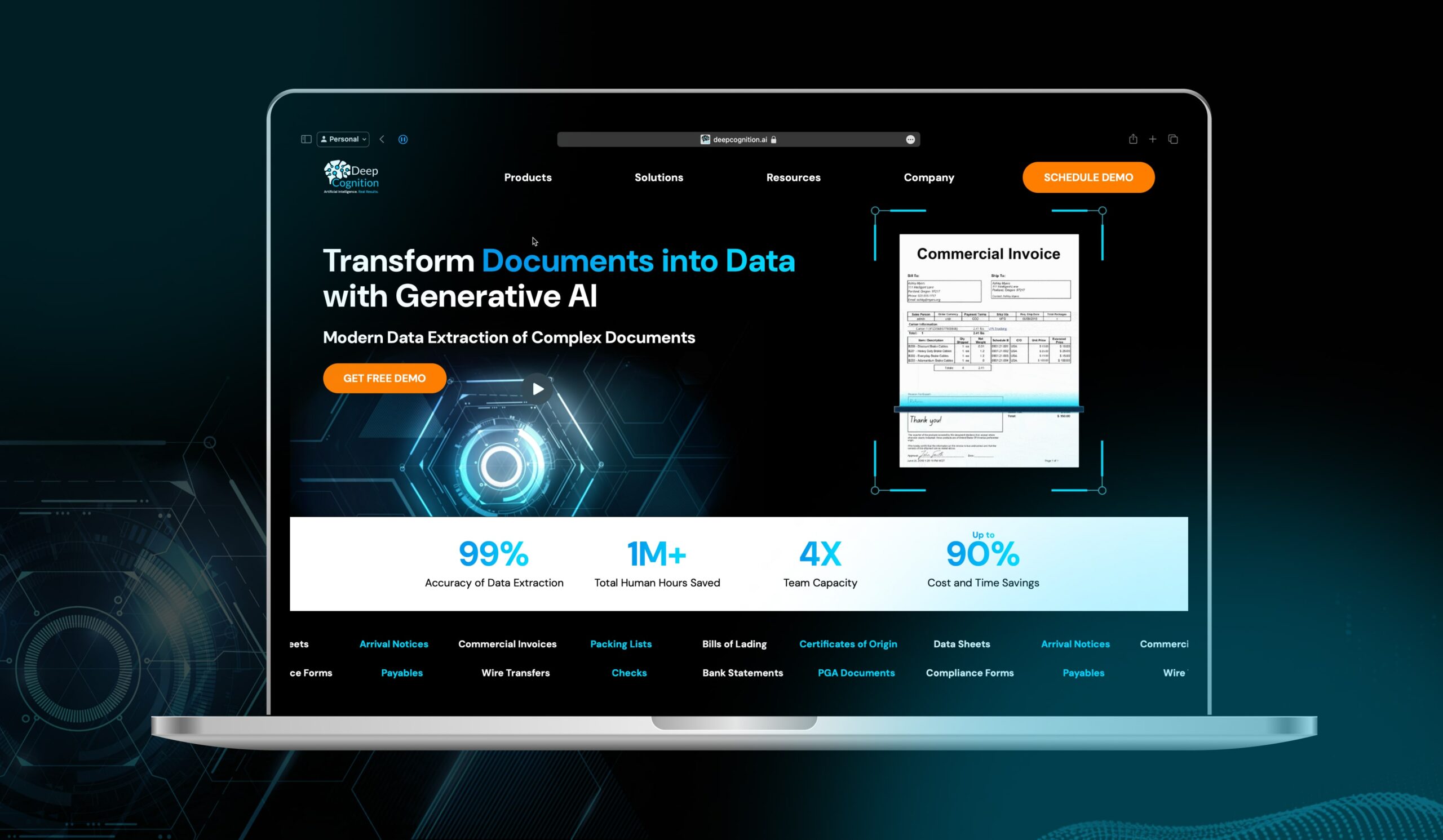




















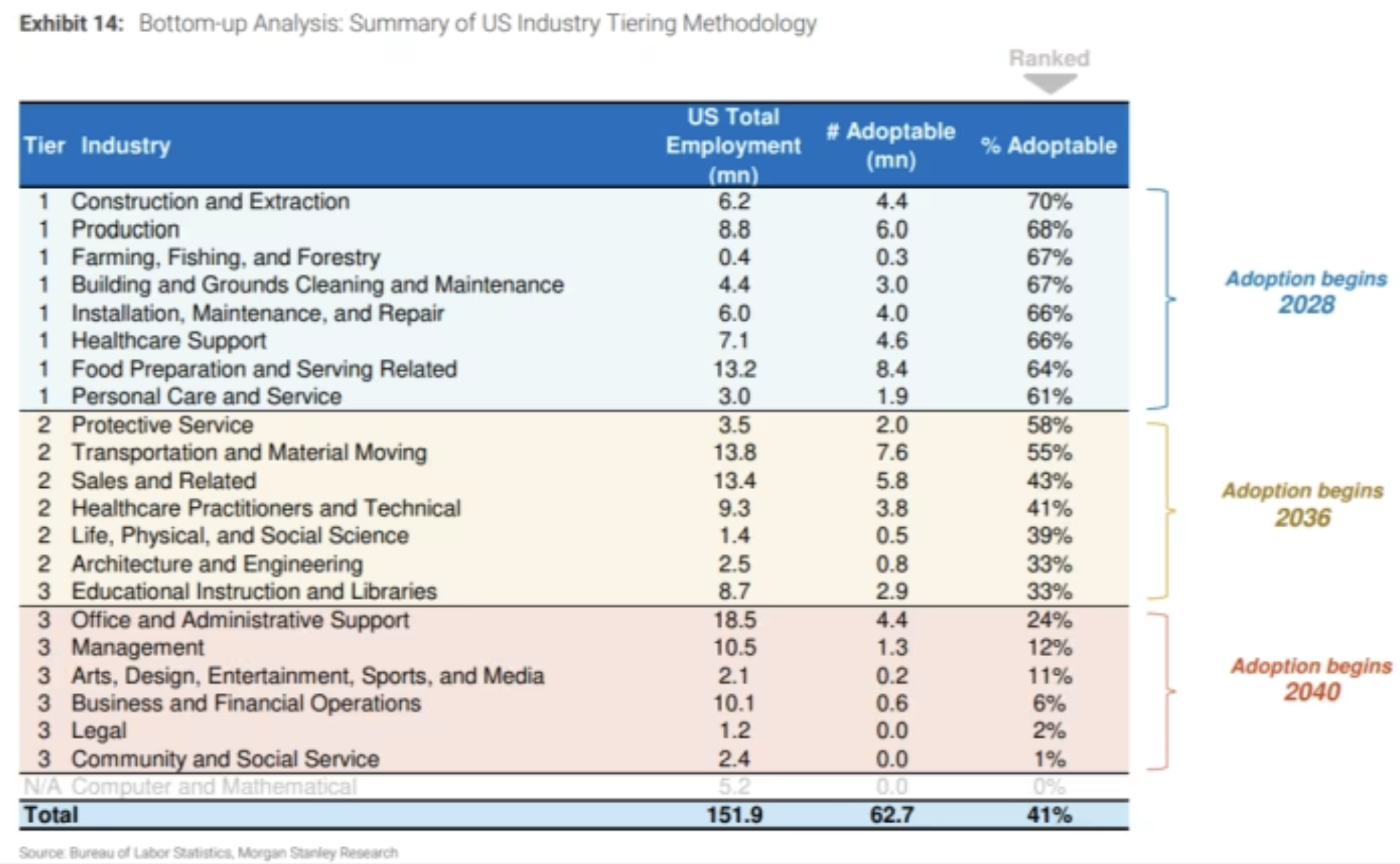
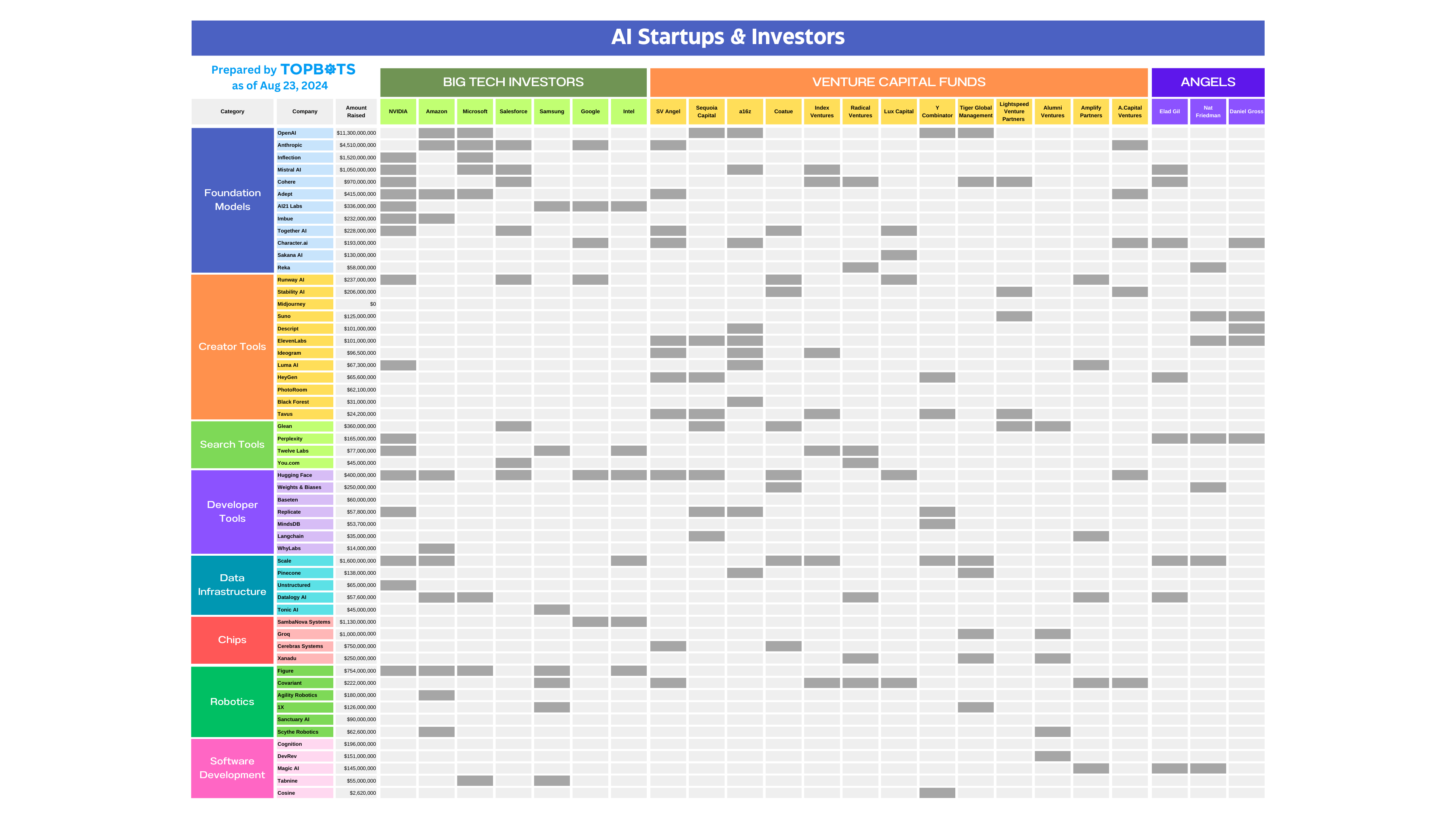
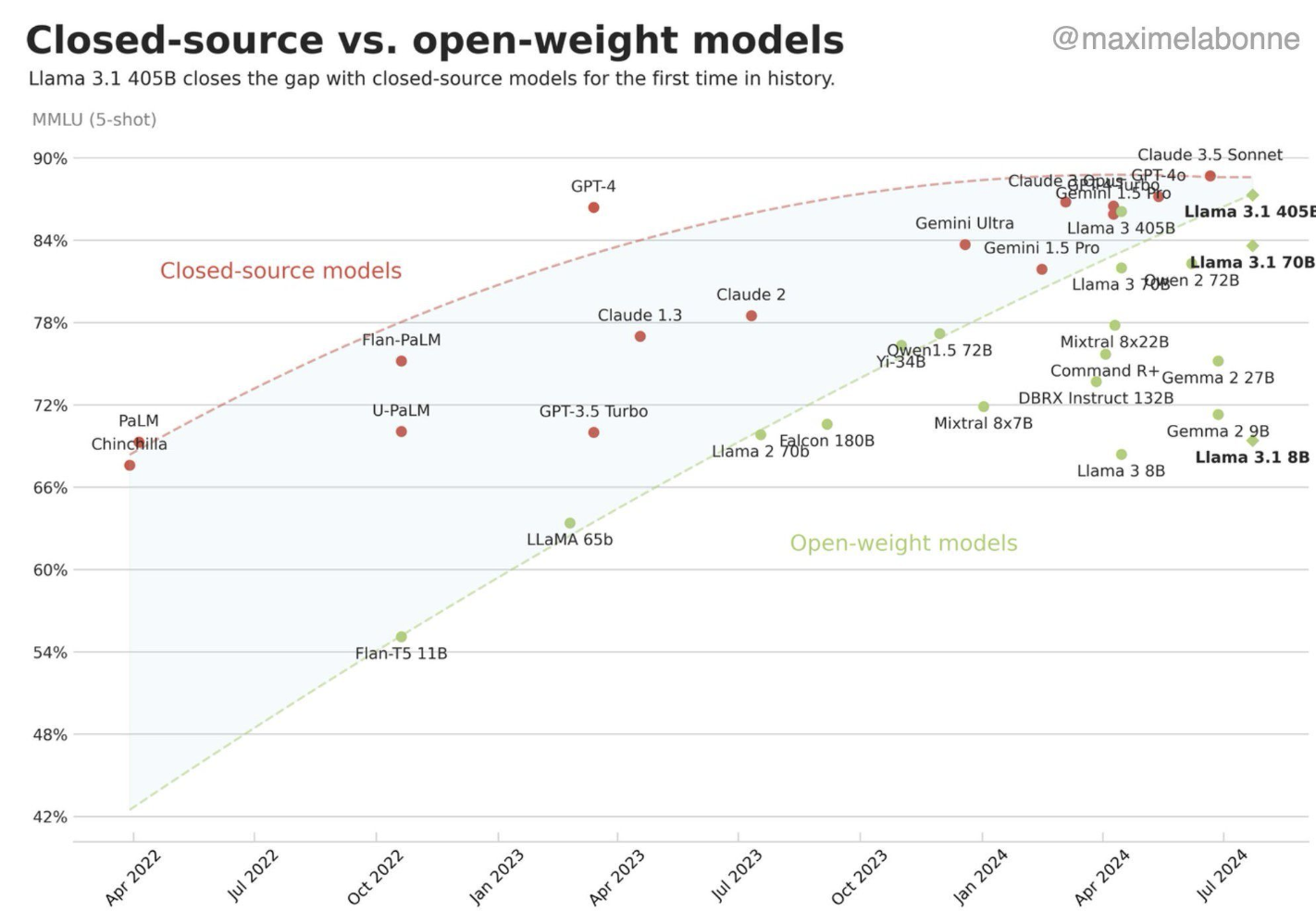
![[The AI Show Episode 149]: Google I/O, Claude 4, White Collar Jobs Automated in 5 Years, Jony Ive Joins OpenAI, and AI’s Impact on the Environment](https://www.marketingaiinstitute.com/hubfs/ep%20149%20cover.png)











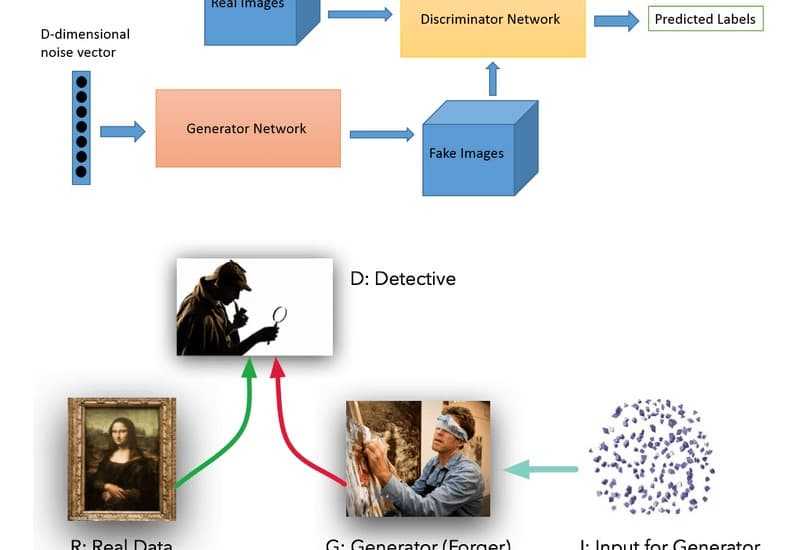




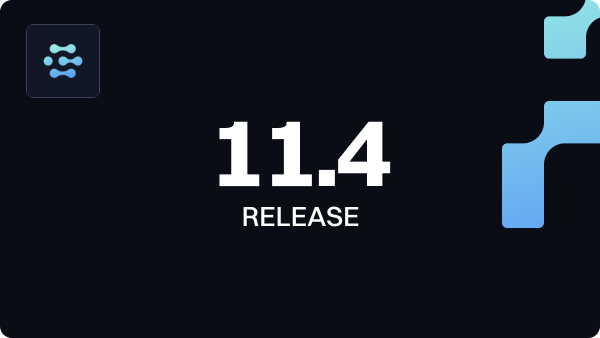


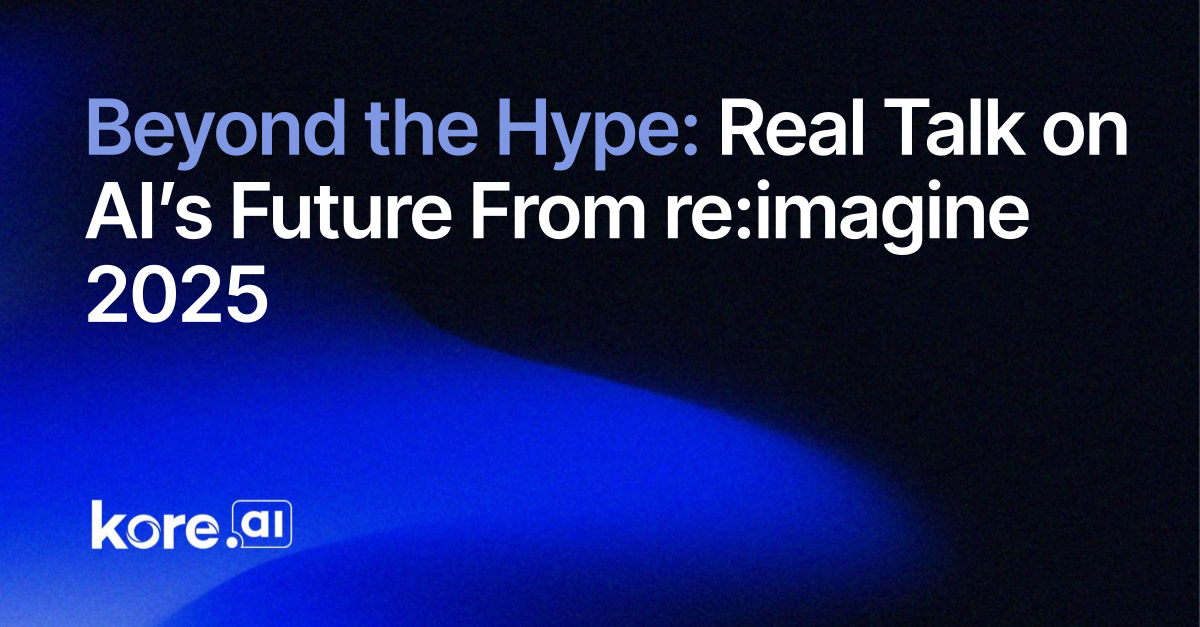











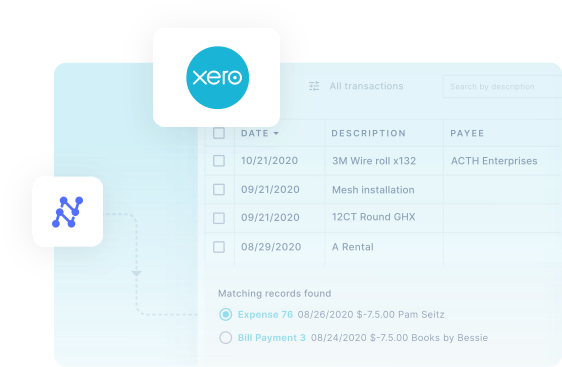
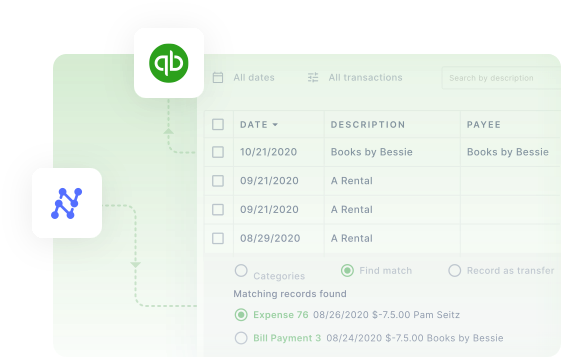



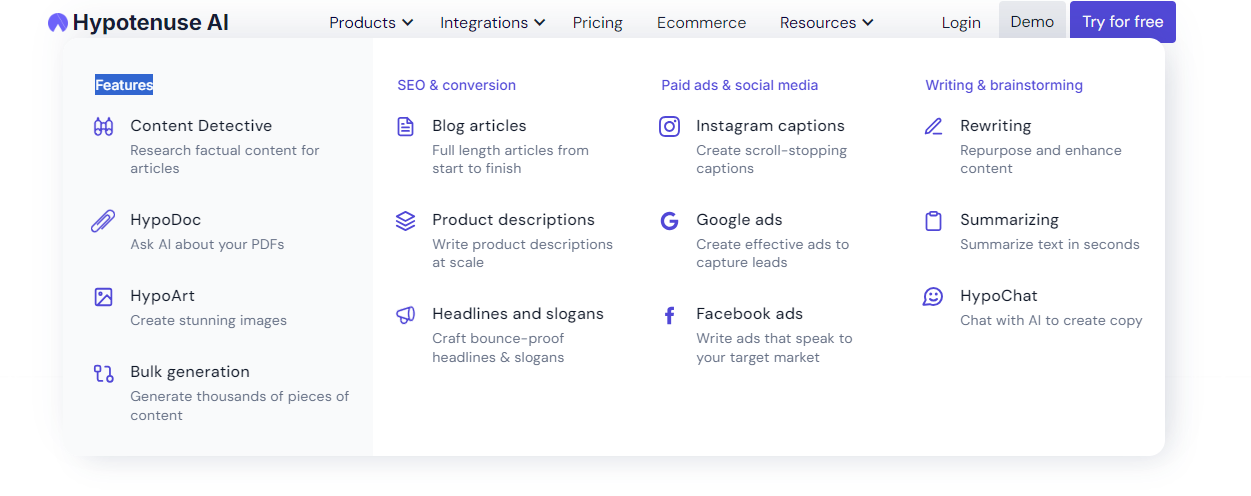


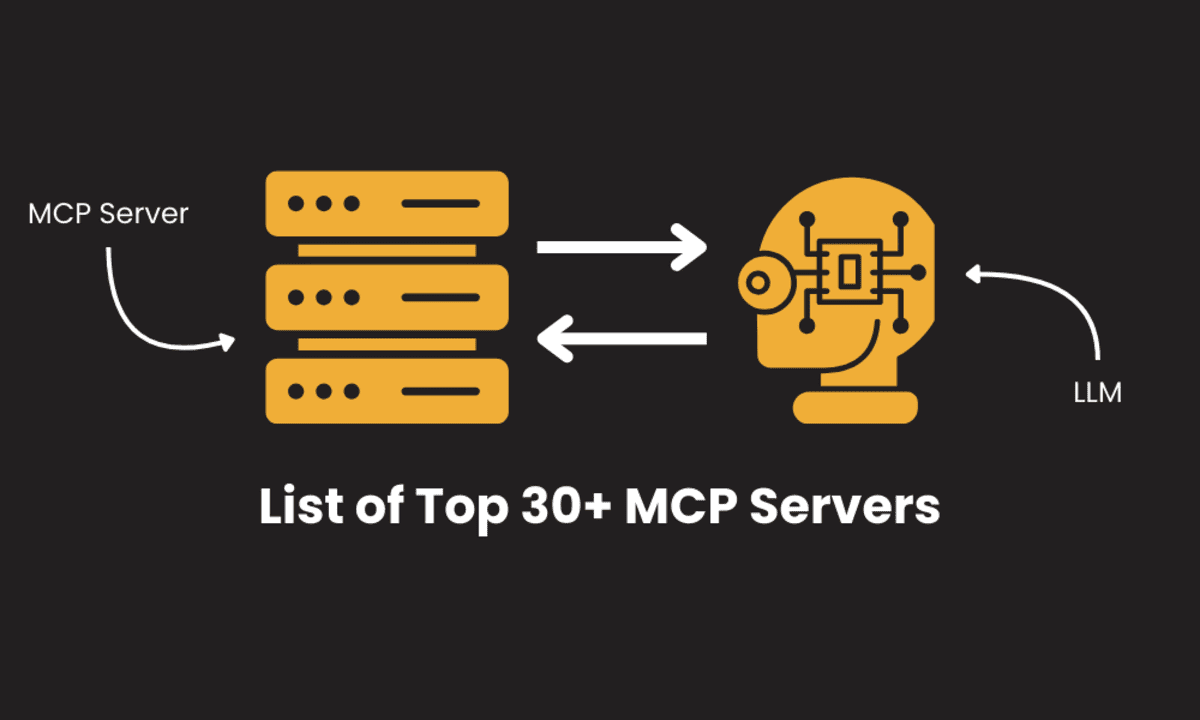








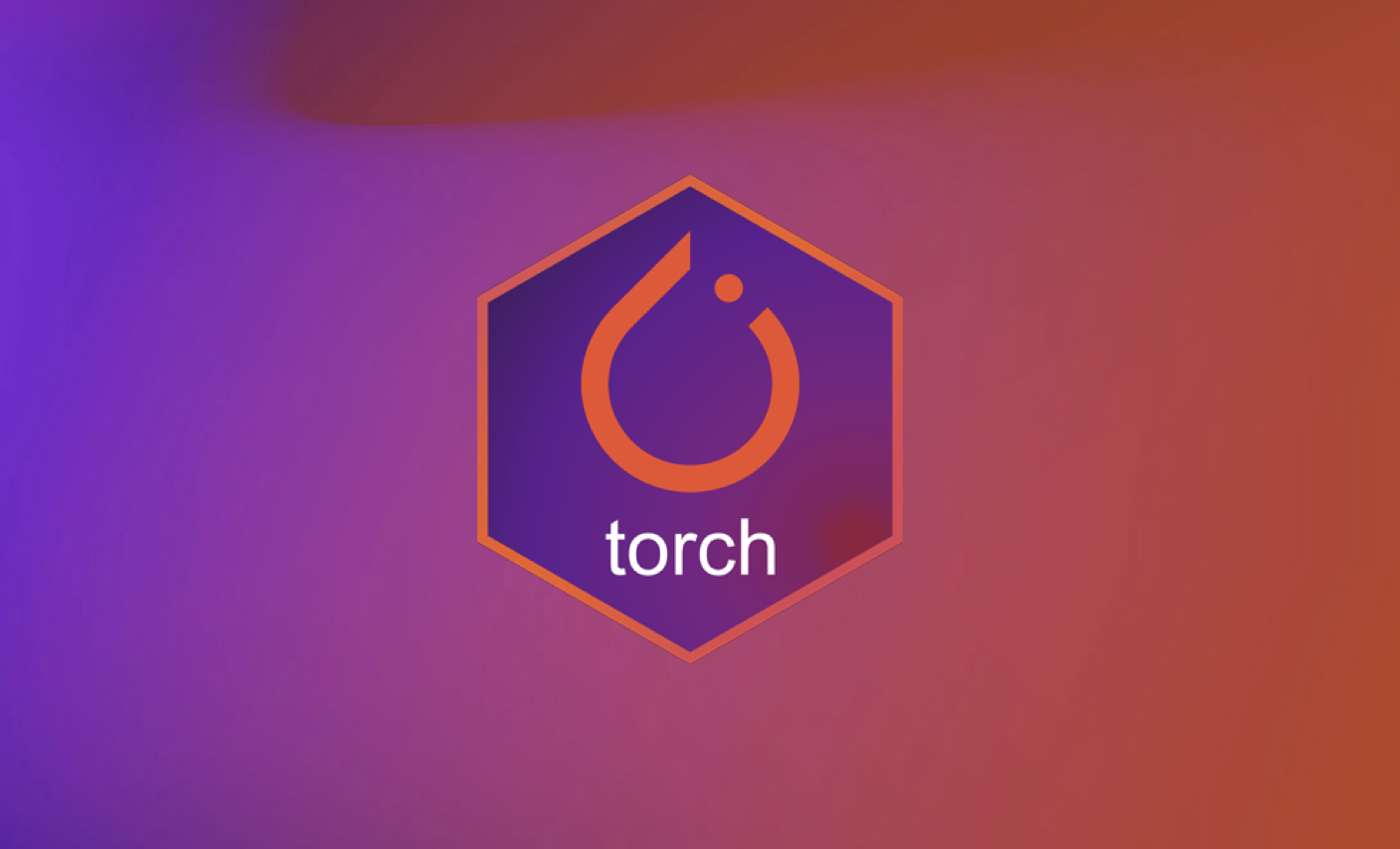












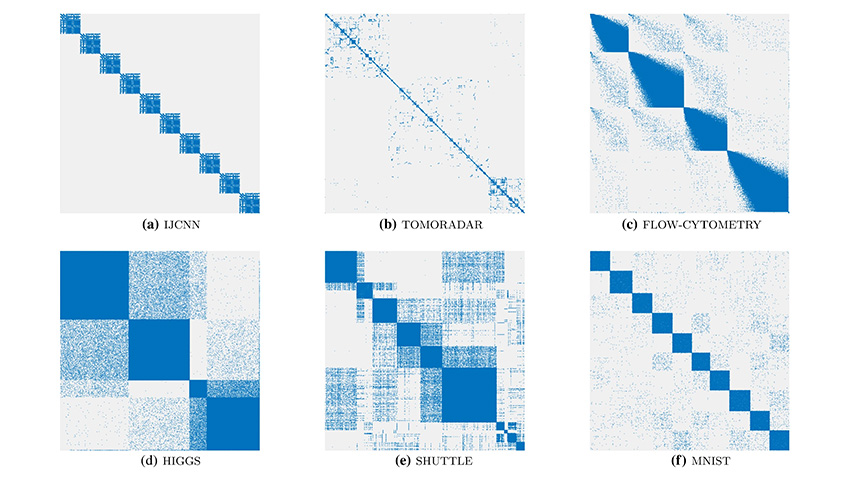
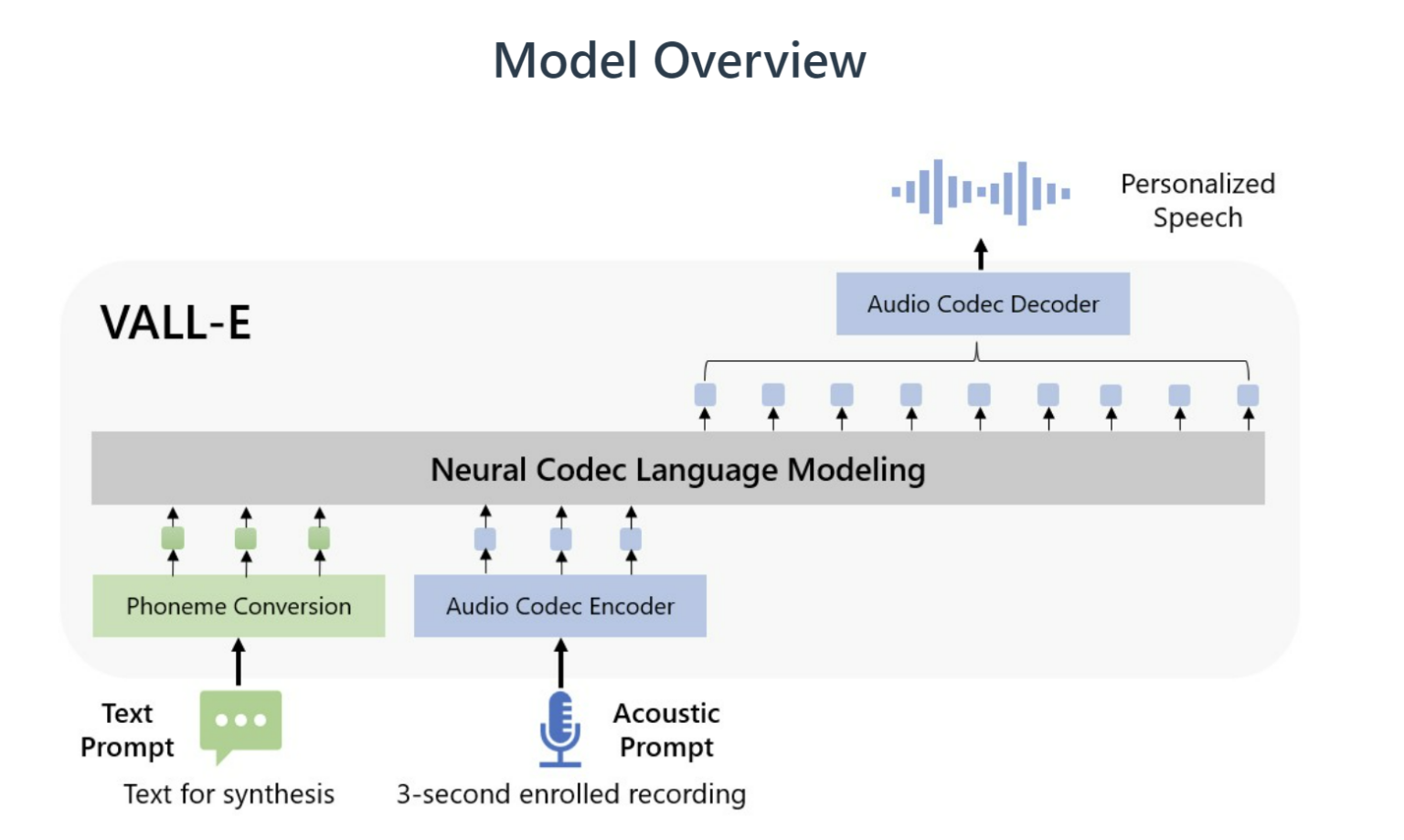









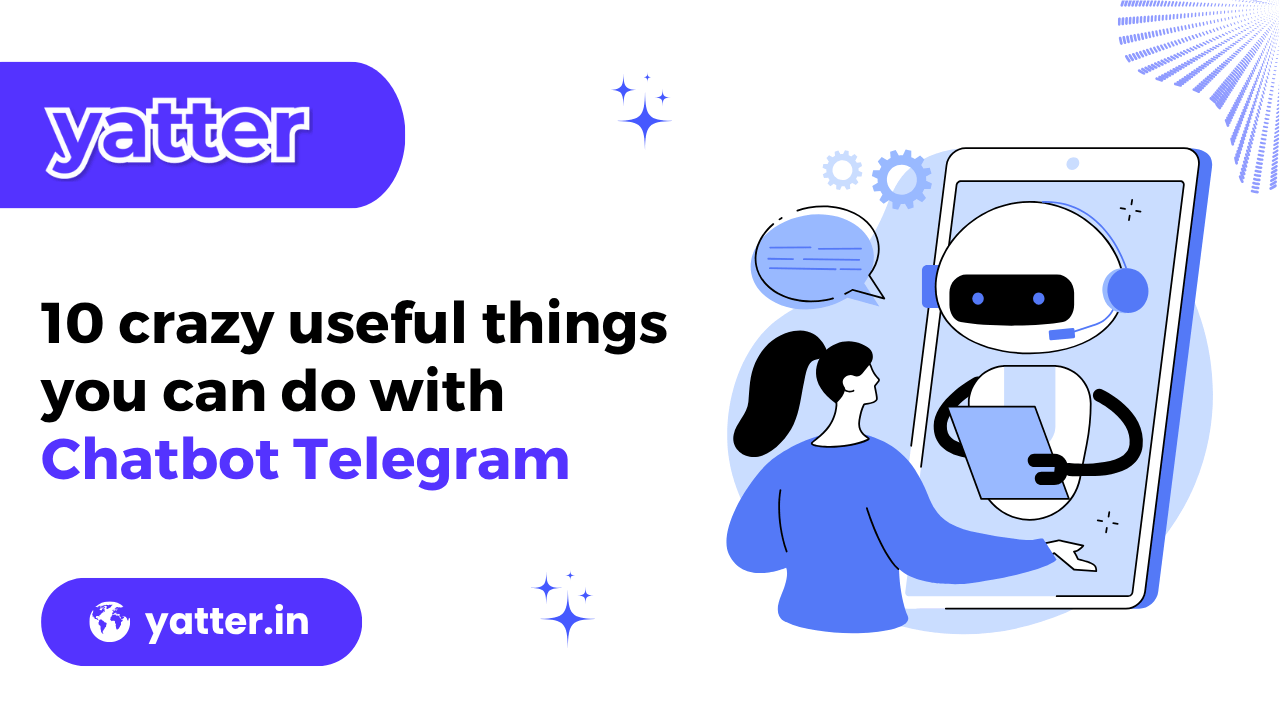




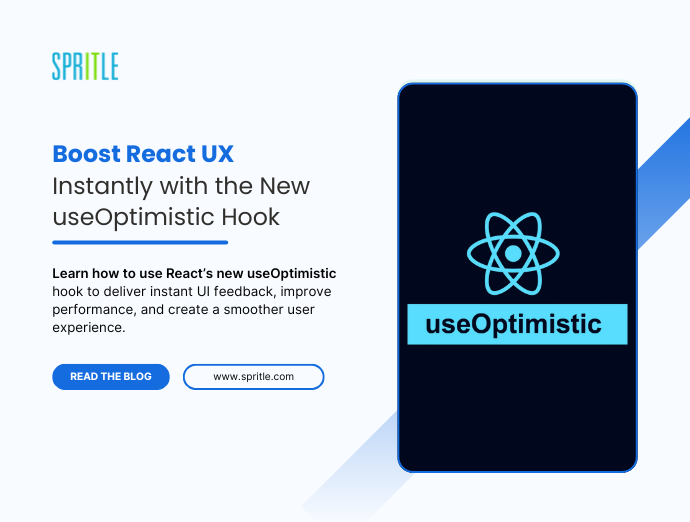





























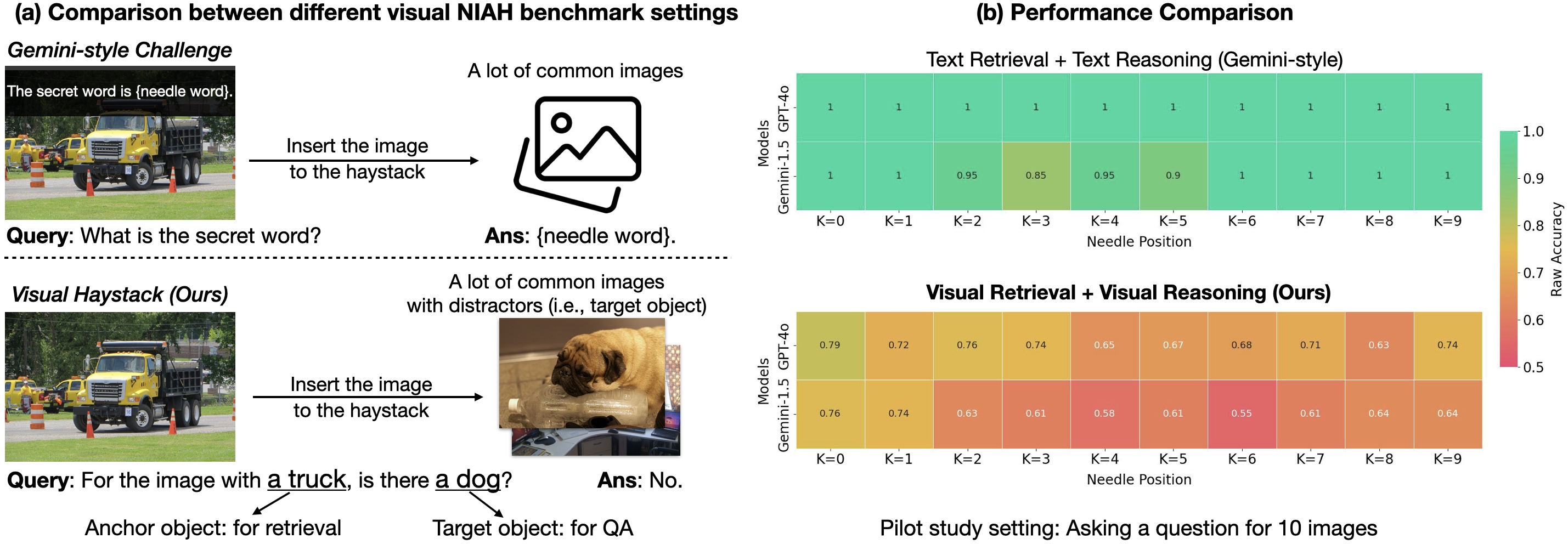













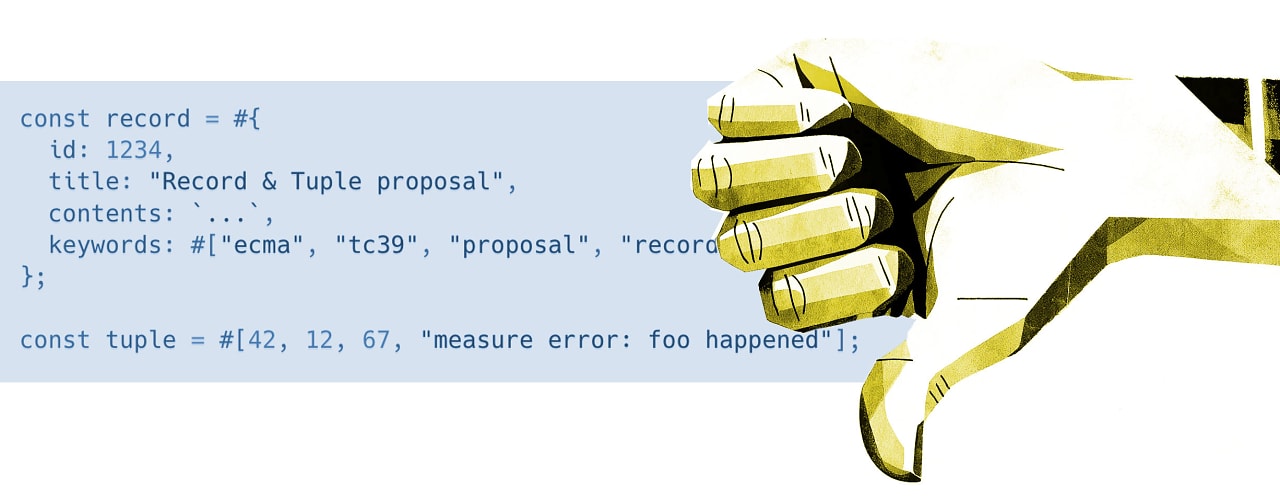







![MVC[model-view-controller]](https://media2.dev.to/dynamic/image/width%3D1000,height%3D500,fit%3Dcover,gravity%3Dauto,format%3Dauto/https:%2F%2Fdev-to-uploads.s3.amazonaws.com%2Fuploads%2Farticles%2Fx4jf942t9ligvhx368n1.png)

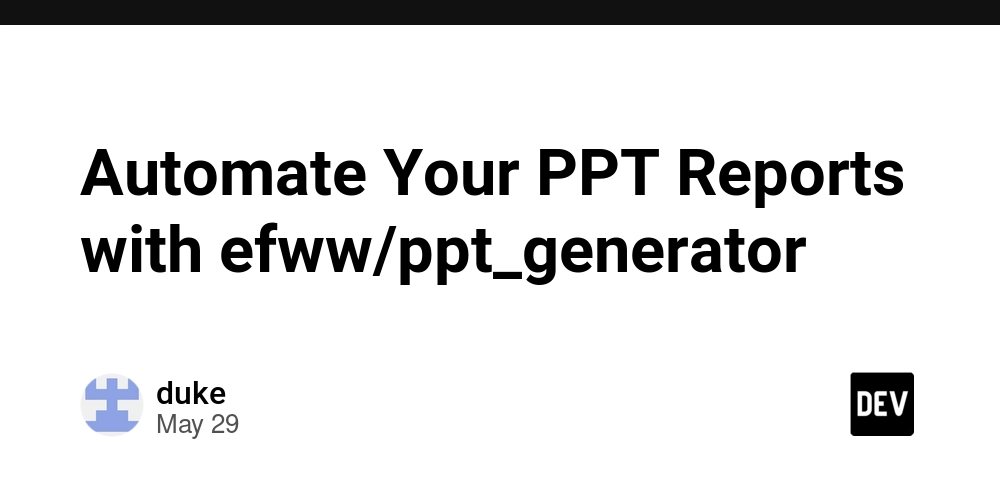


















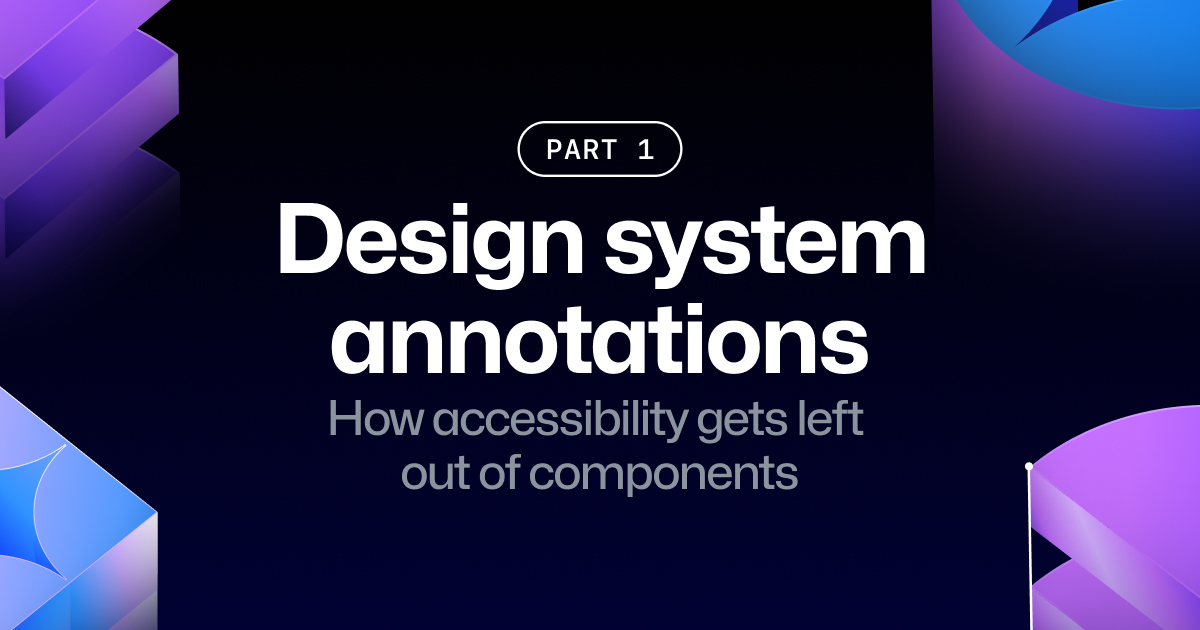















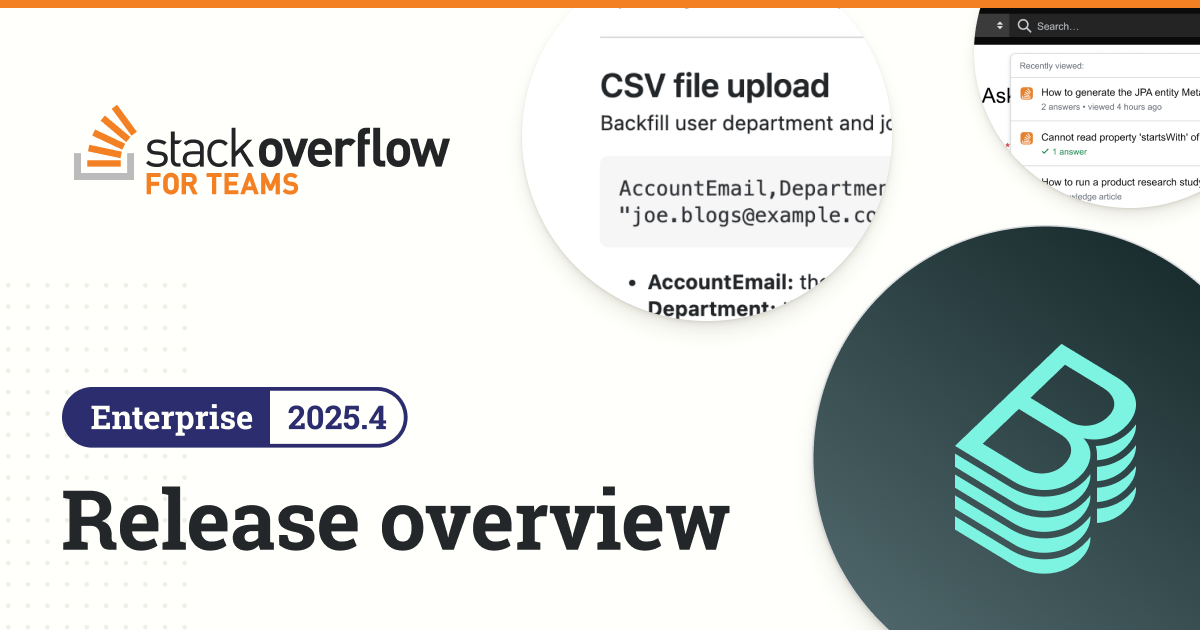











































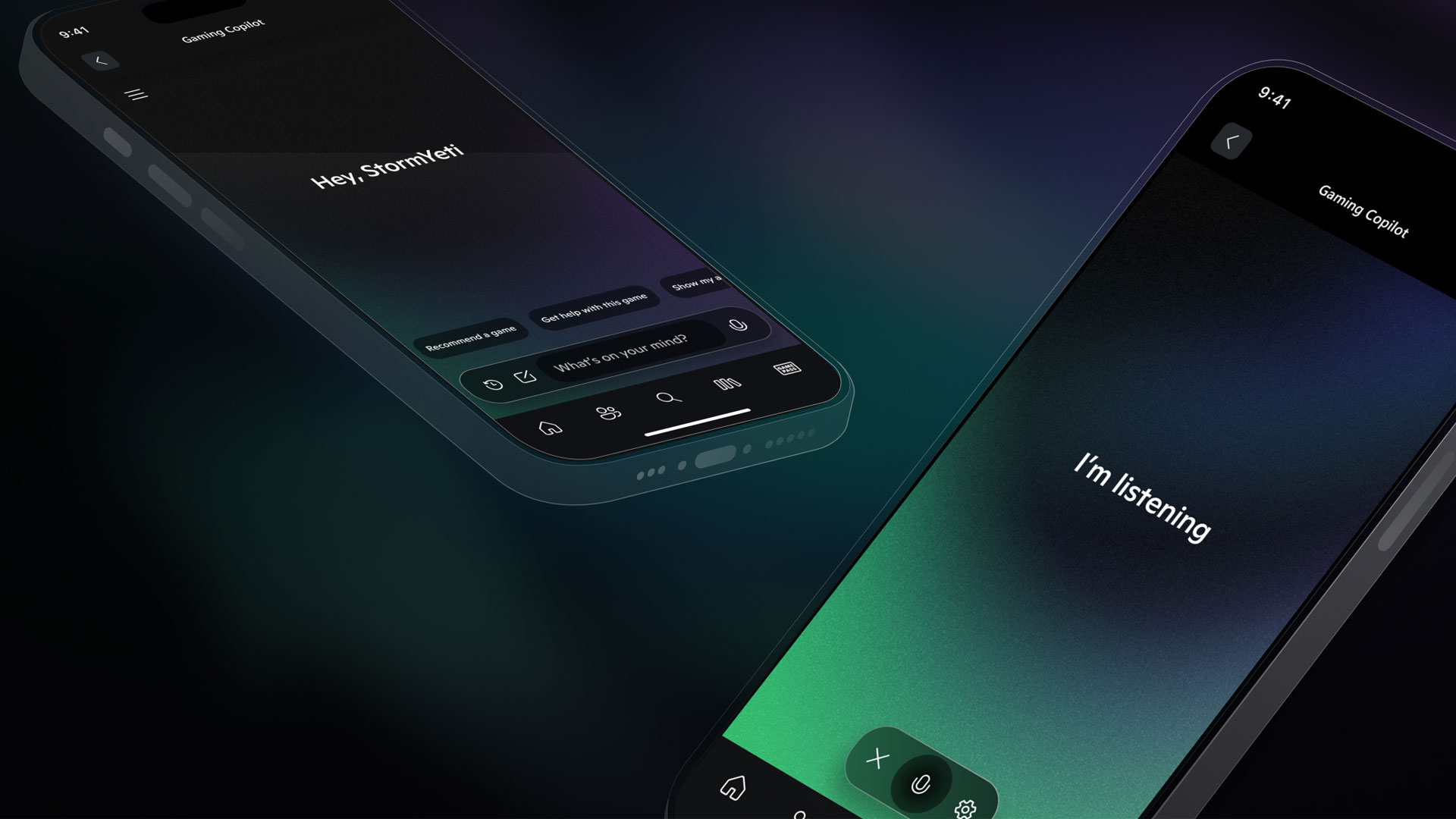



























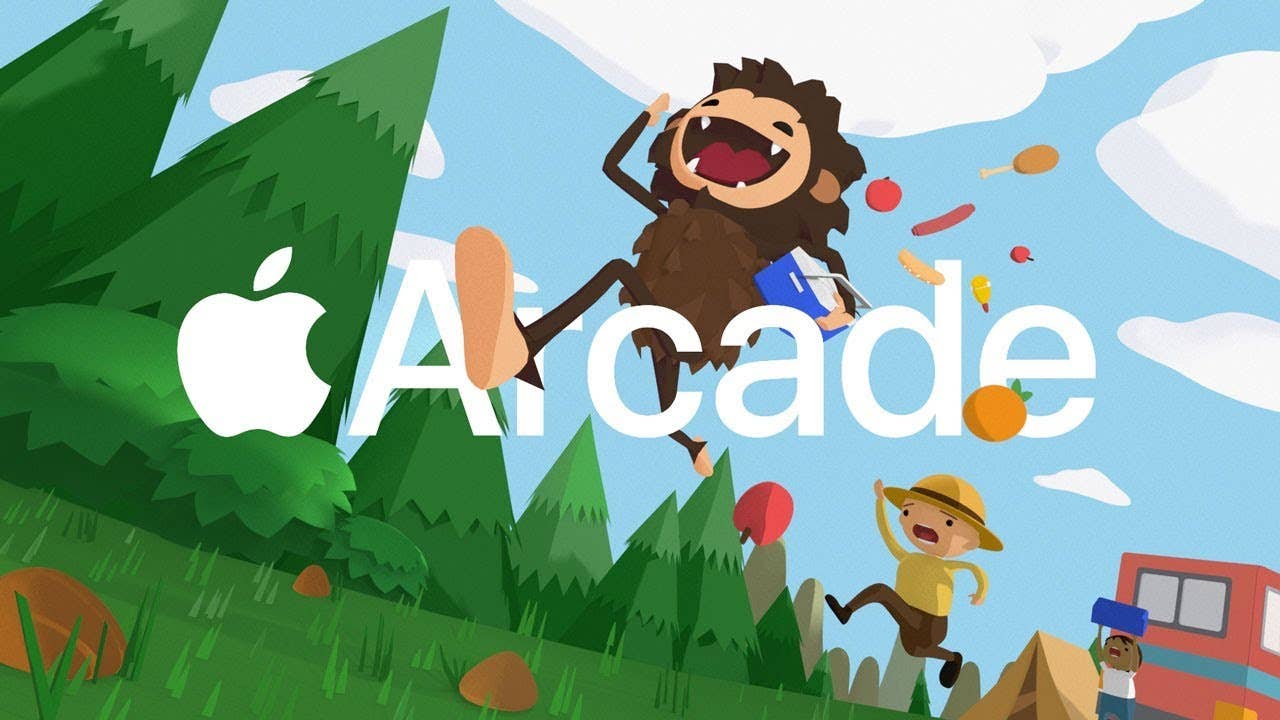




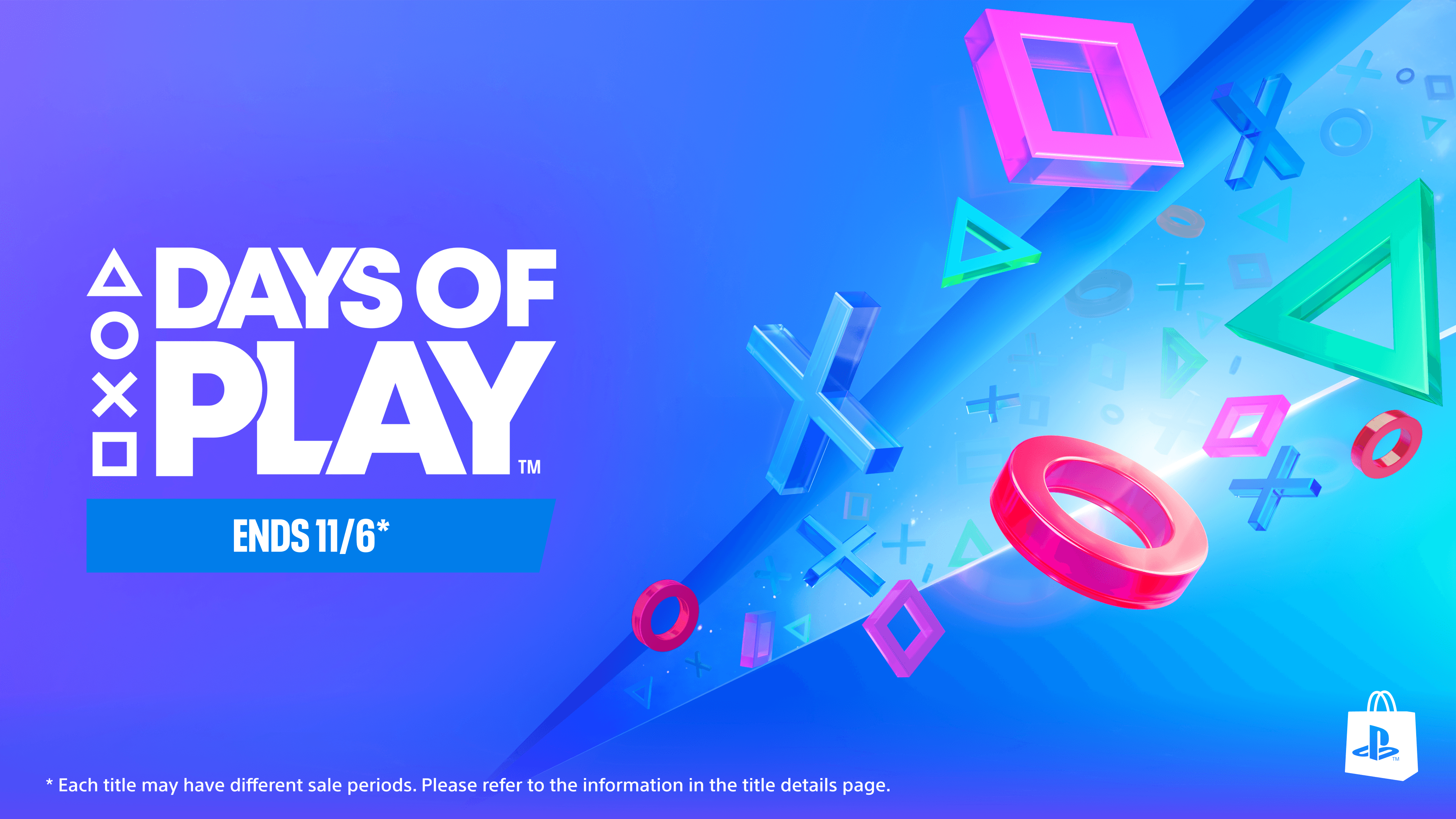















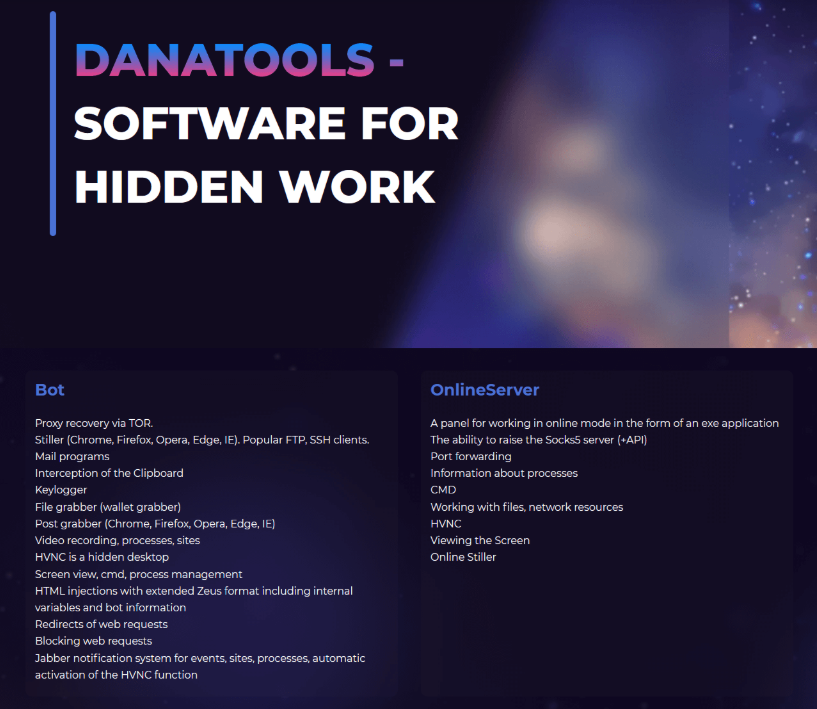





_foto-zone_Alamy.jpg?width=1280&auto=webp&quality=80&disable=upscale#)









































































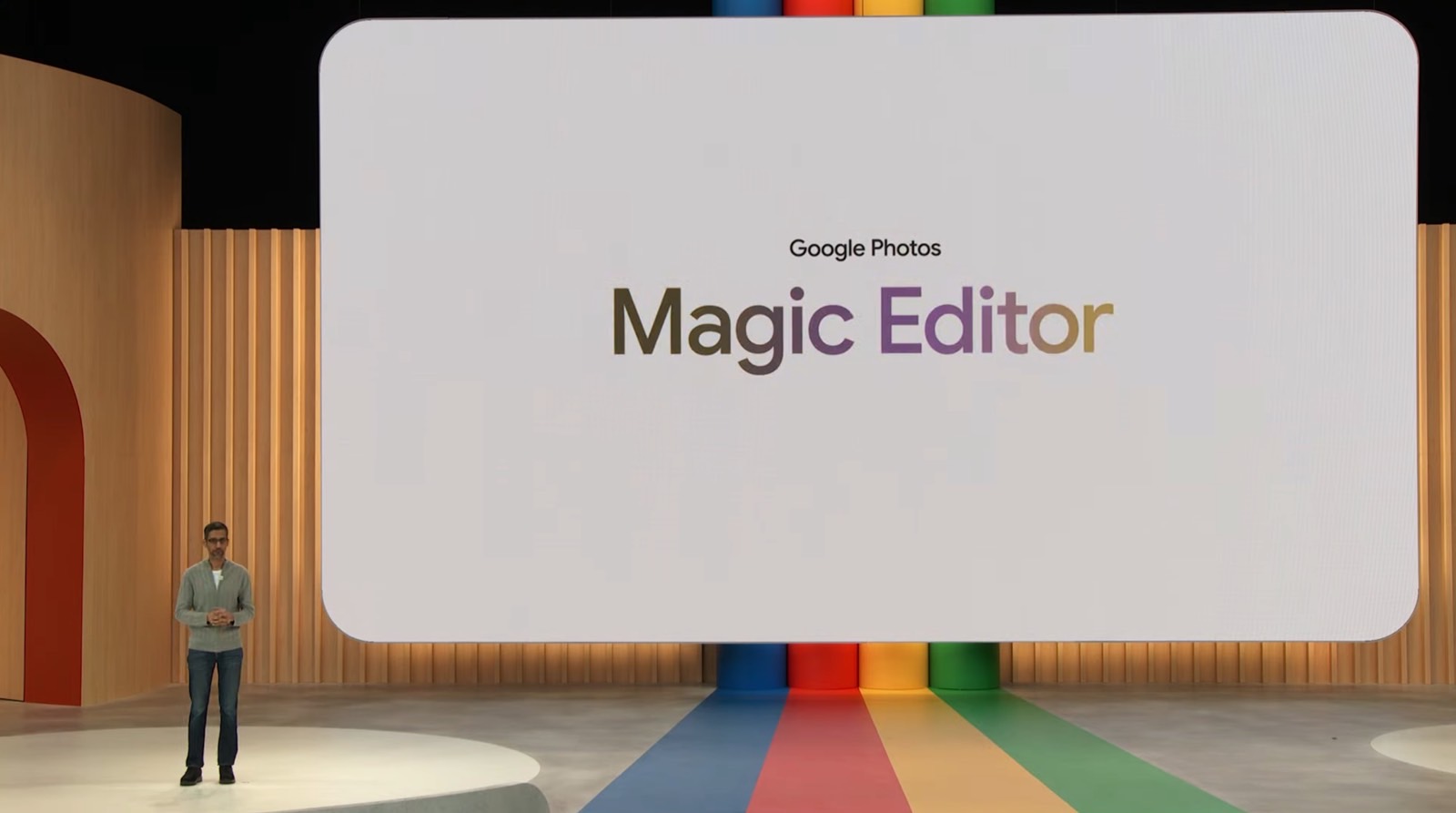







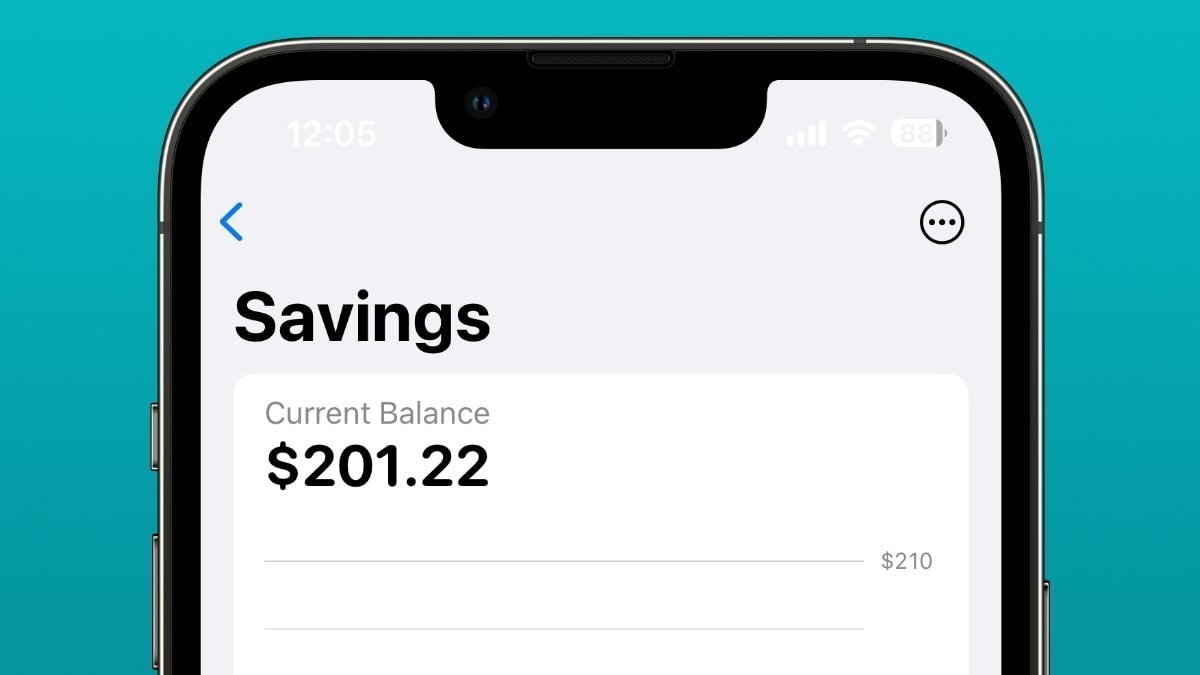

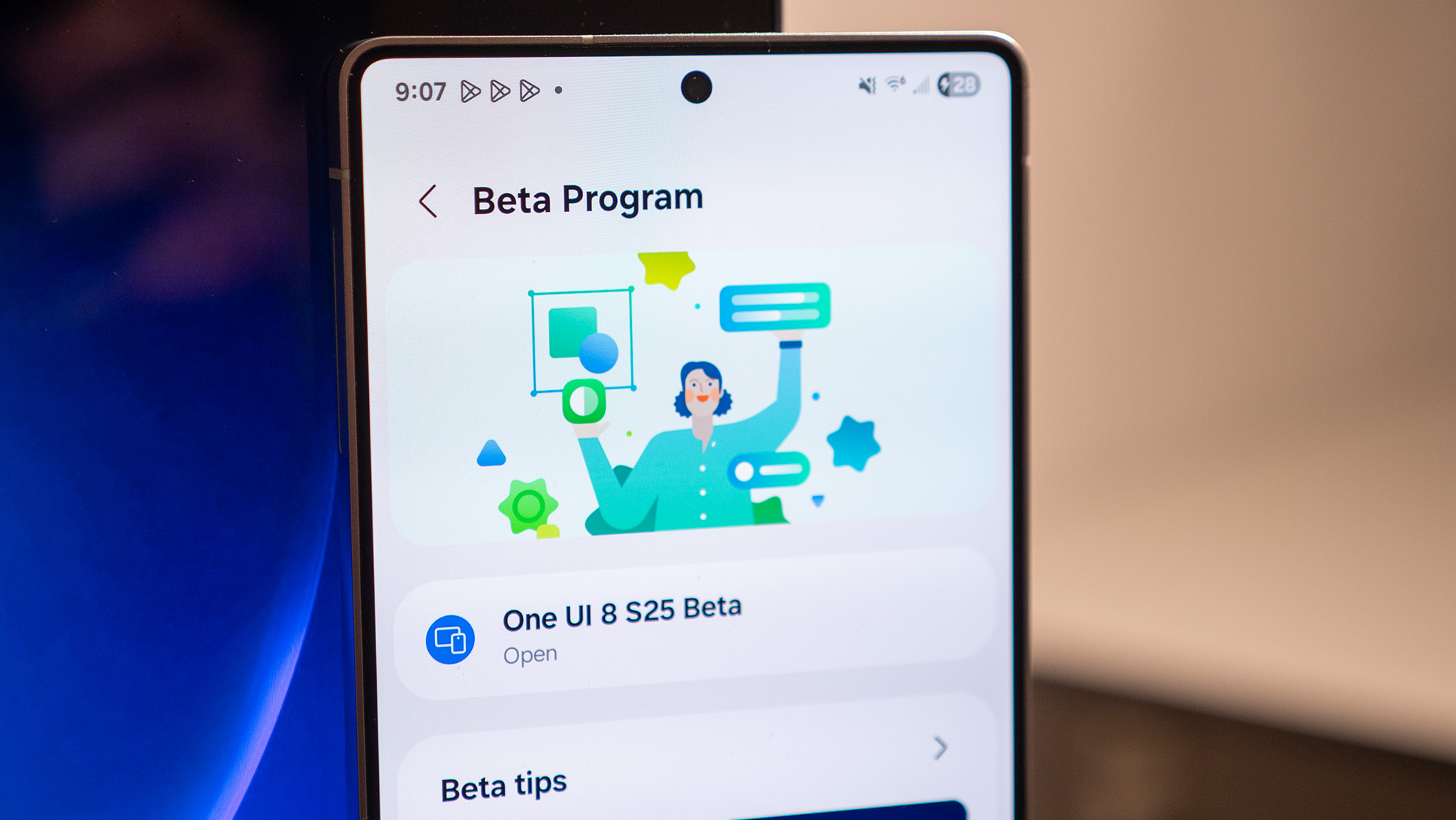

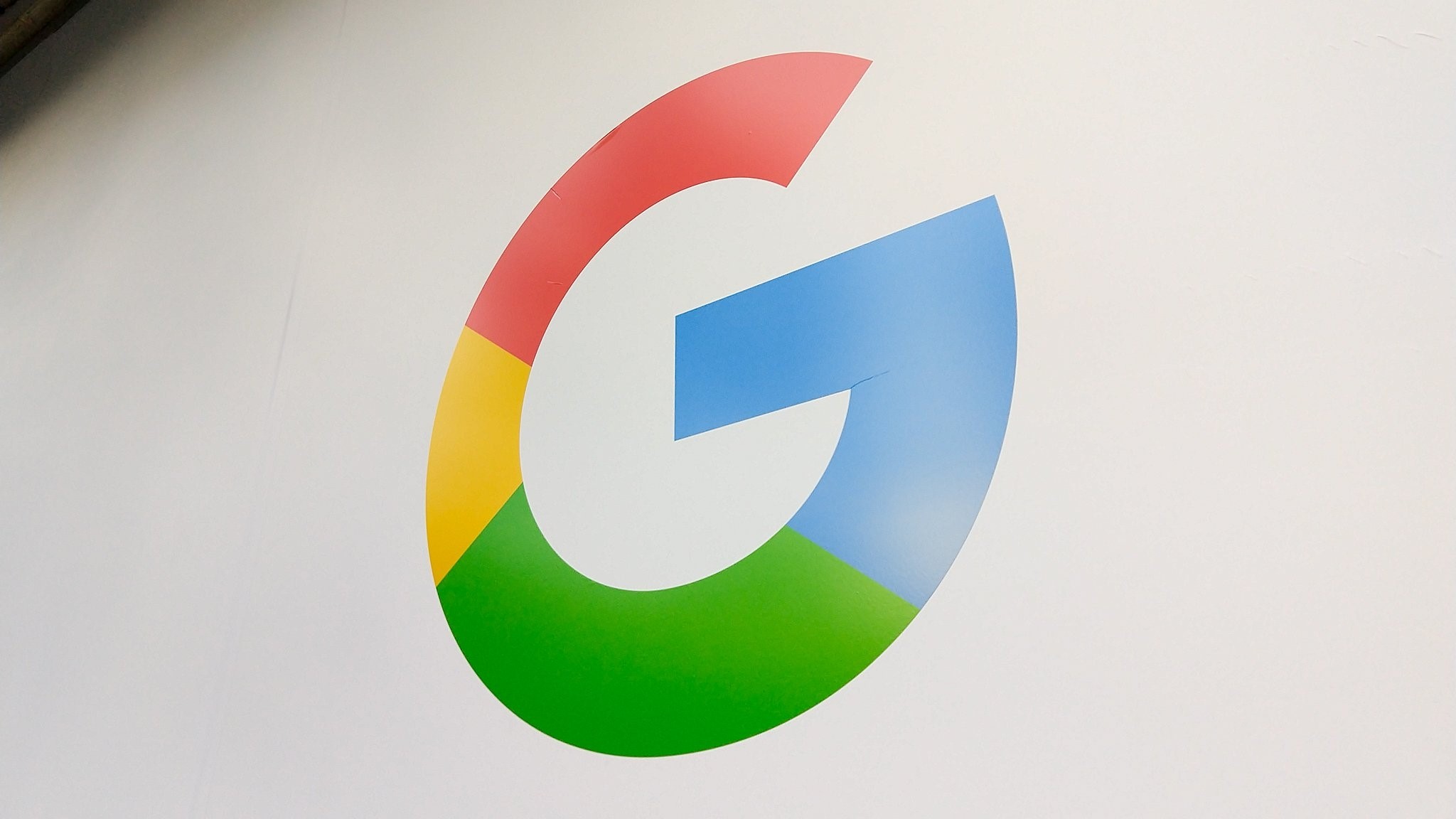
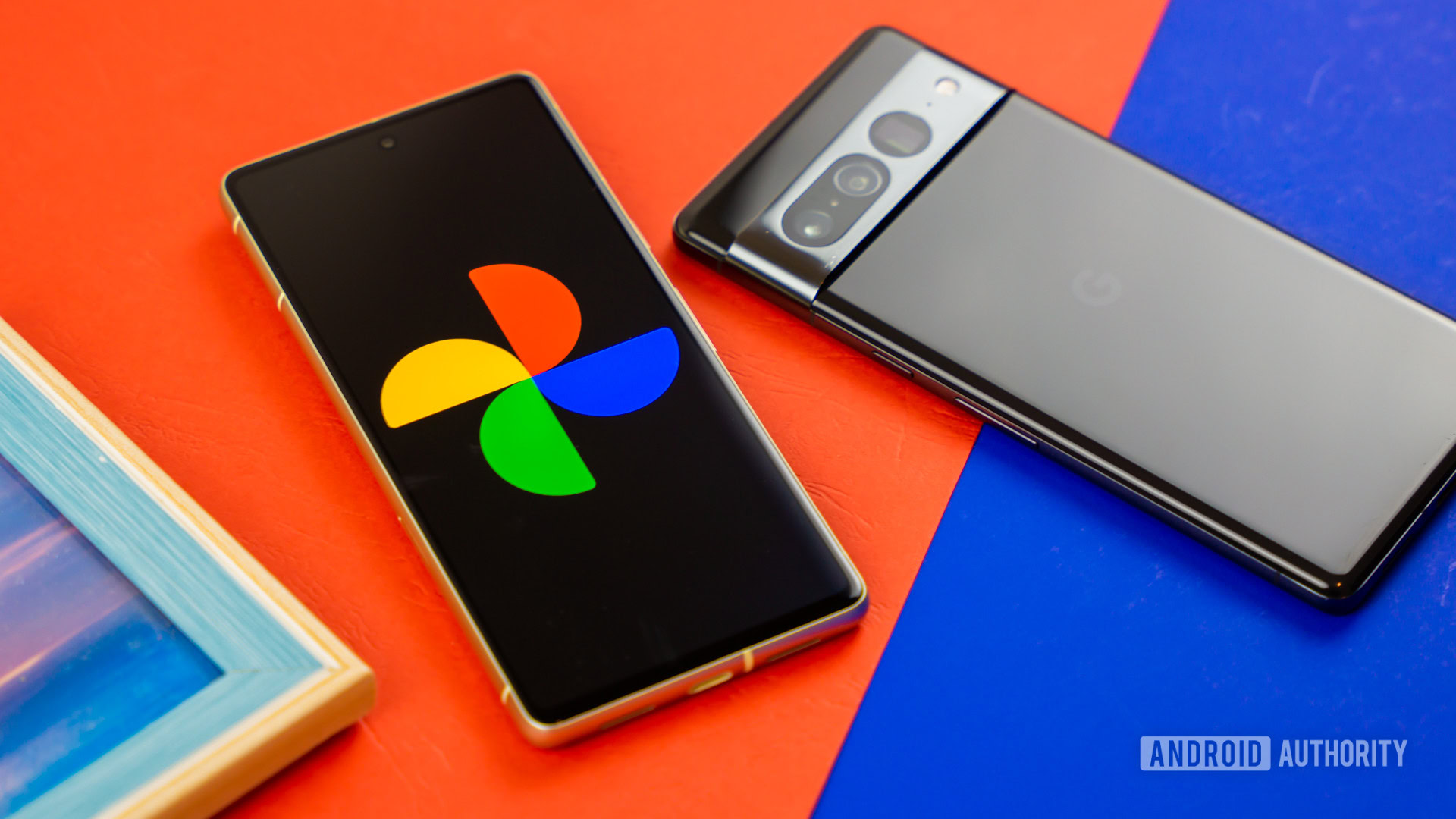



![iOS 19 may support easily transferring your iPhone’s eSIM to an Android device [U]](https://i0.wp.com/9to5mac.com/wp-content/uploads/sites/6/2022/09/iphone-14-eSIM-event.jpg?resize=1200%2C628&quality=82&strip=all&ssl=1)






![Here’s everything new in Samsung’s One UI 8 update [Gallery]](https://i0.wp.com/9to5google.com/wp-content/uploads/sites/4/2025/05/samsung-one-ui-8-intro.jpg?resize=1200%2C628&quality=82&strip=all&ssl=1)












![Apple Updates Logic Pro With Flashback Capture, Enhanced Stem Splitter, More [Download]](https://www.iclarified.com/images/news/97446/97446/97446-640.jpg)
![iOS 26? Apple to Adopt Year-Based Naming Across All Operating Systems [Report]](https://www.iclarified.com/images/news/97449/97449/97449-640.jpg)























